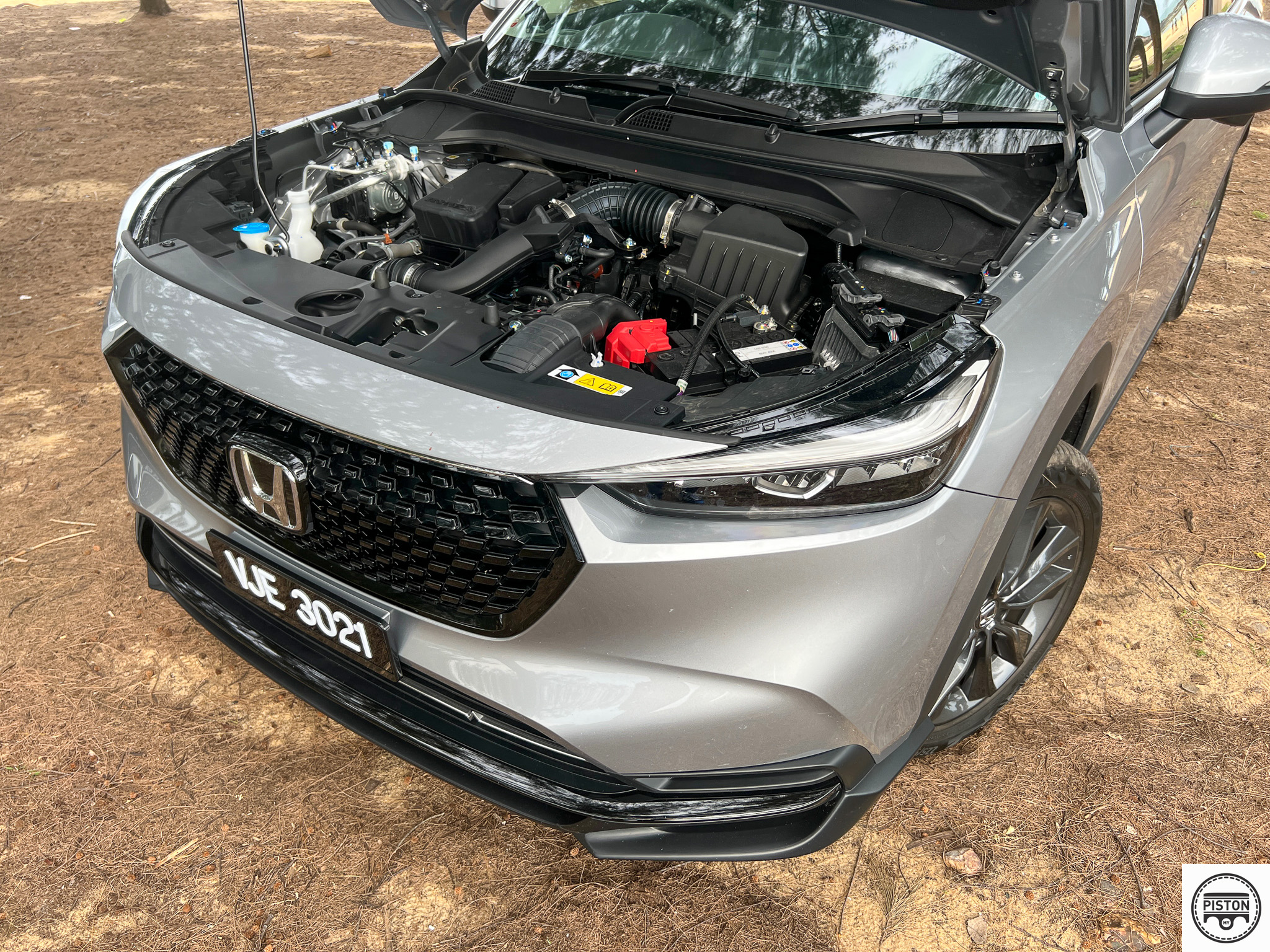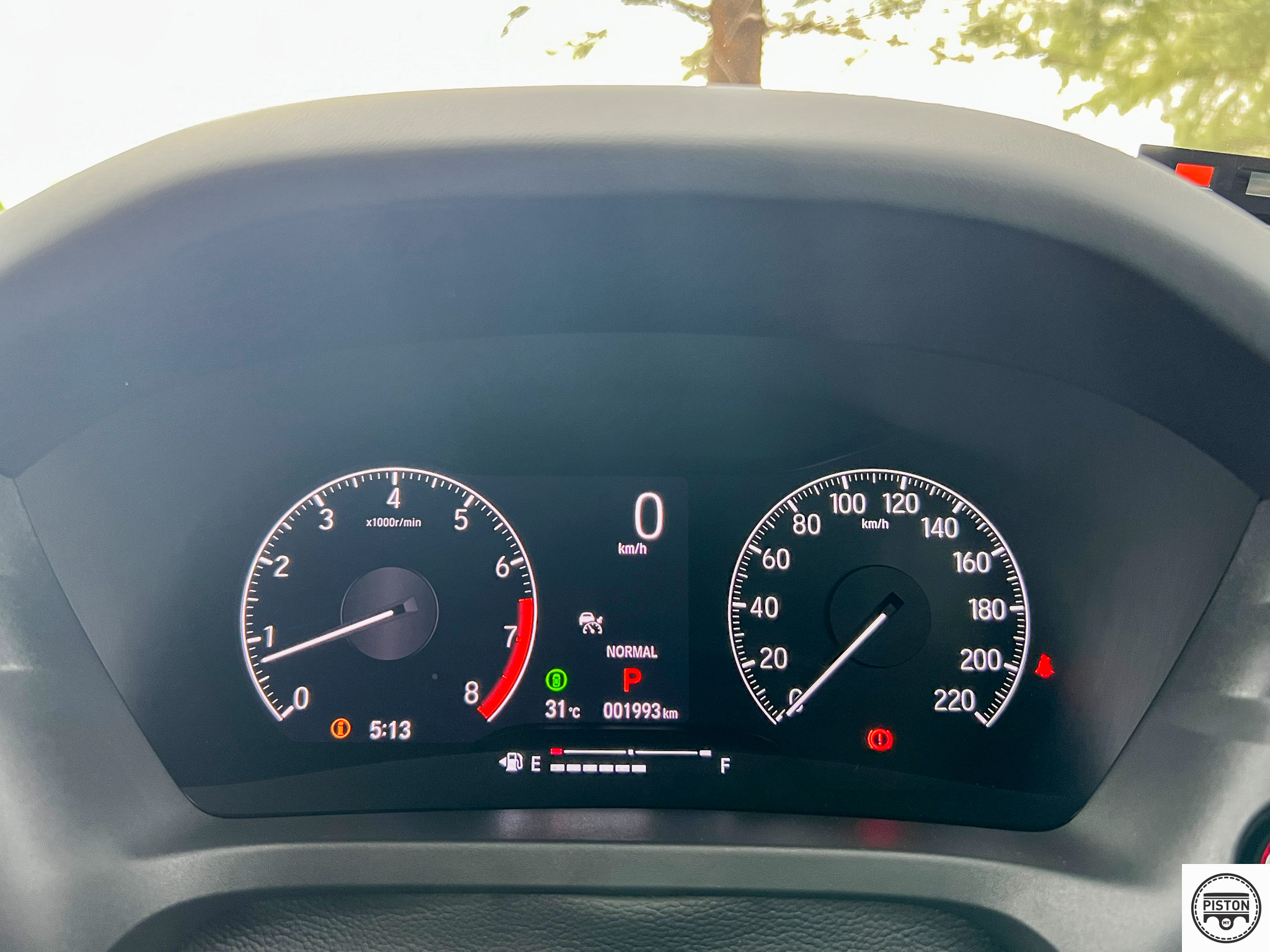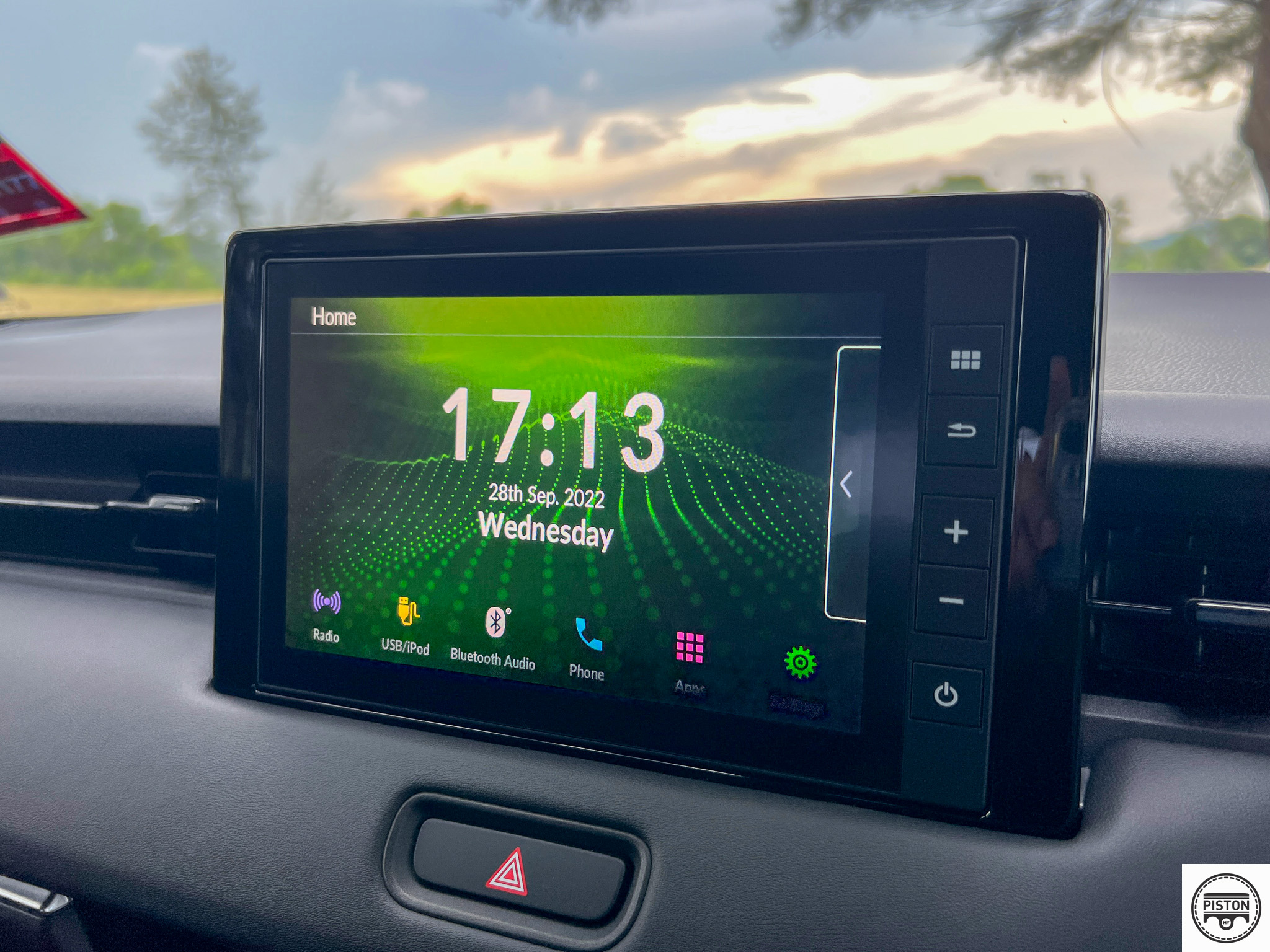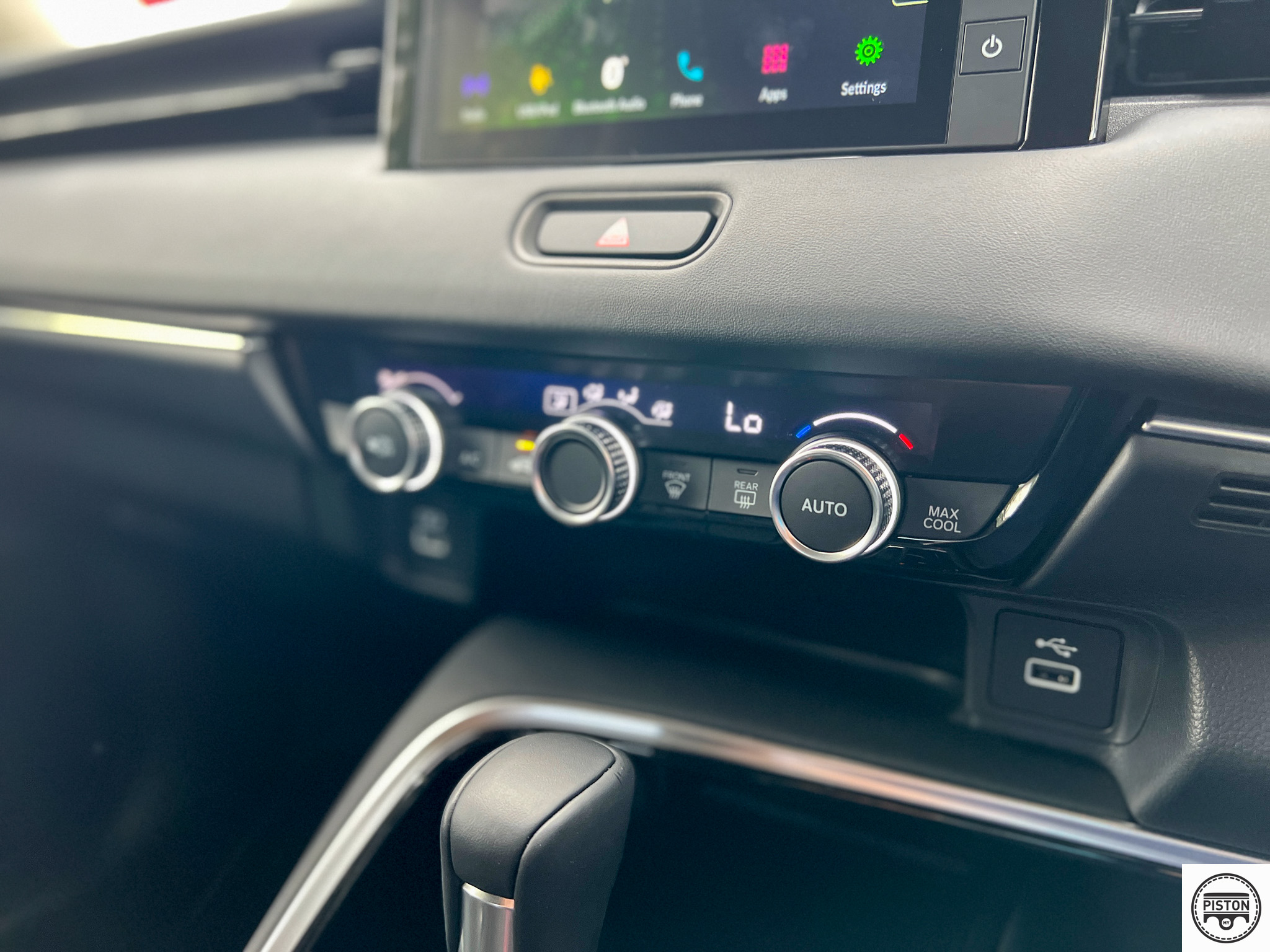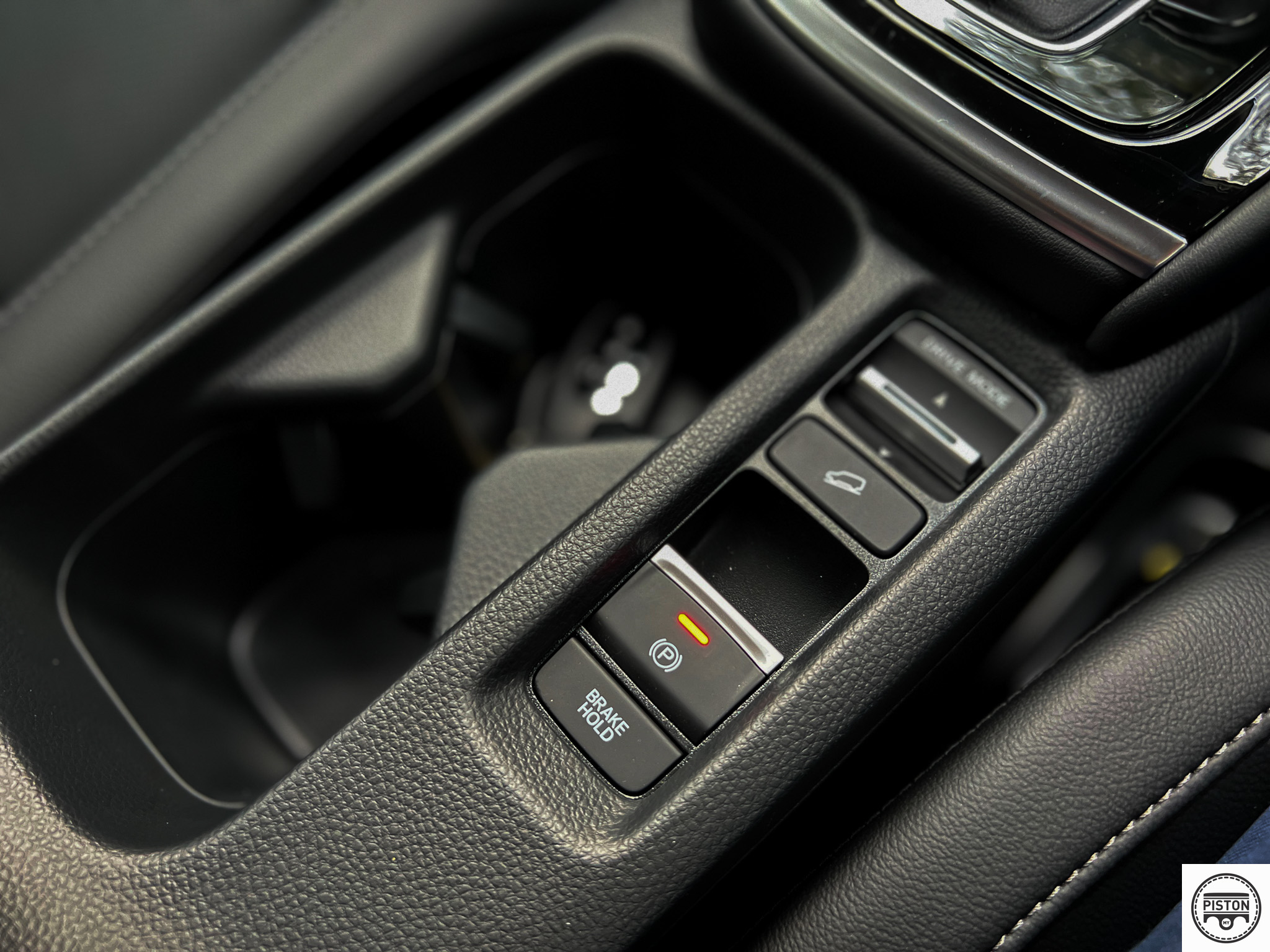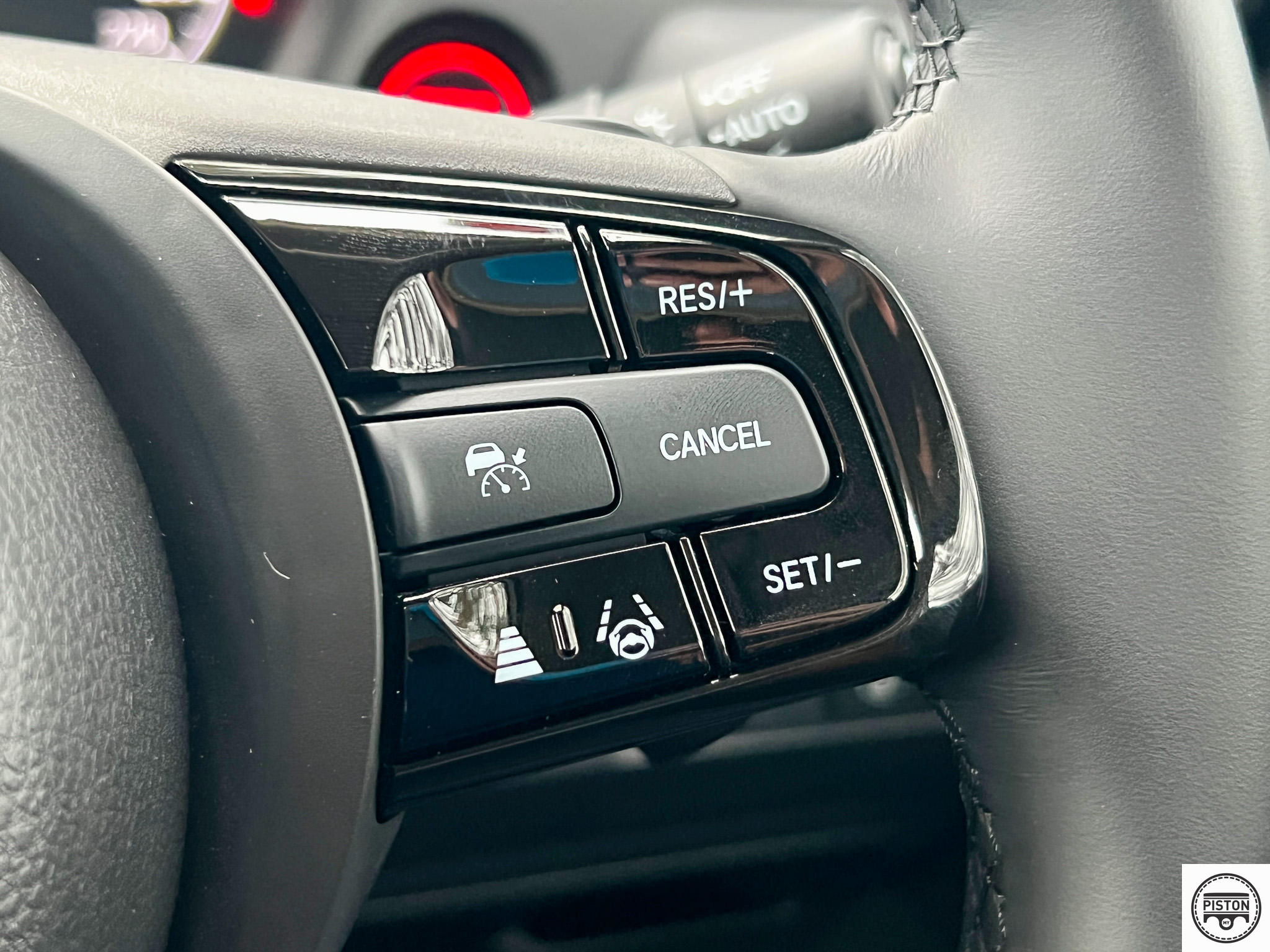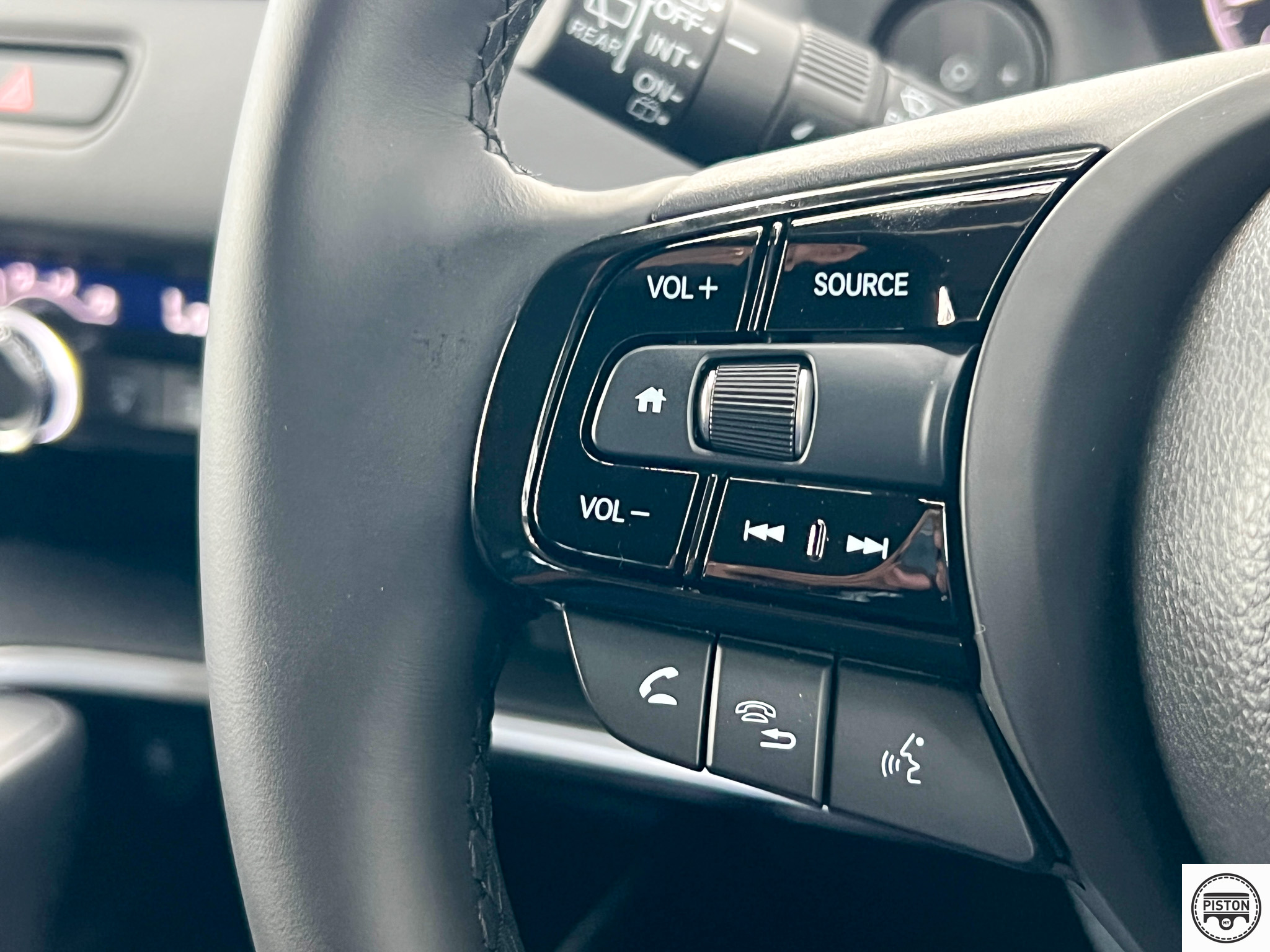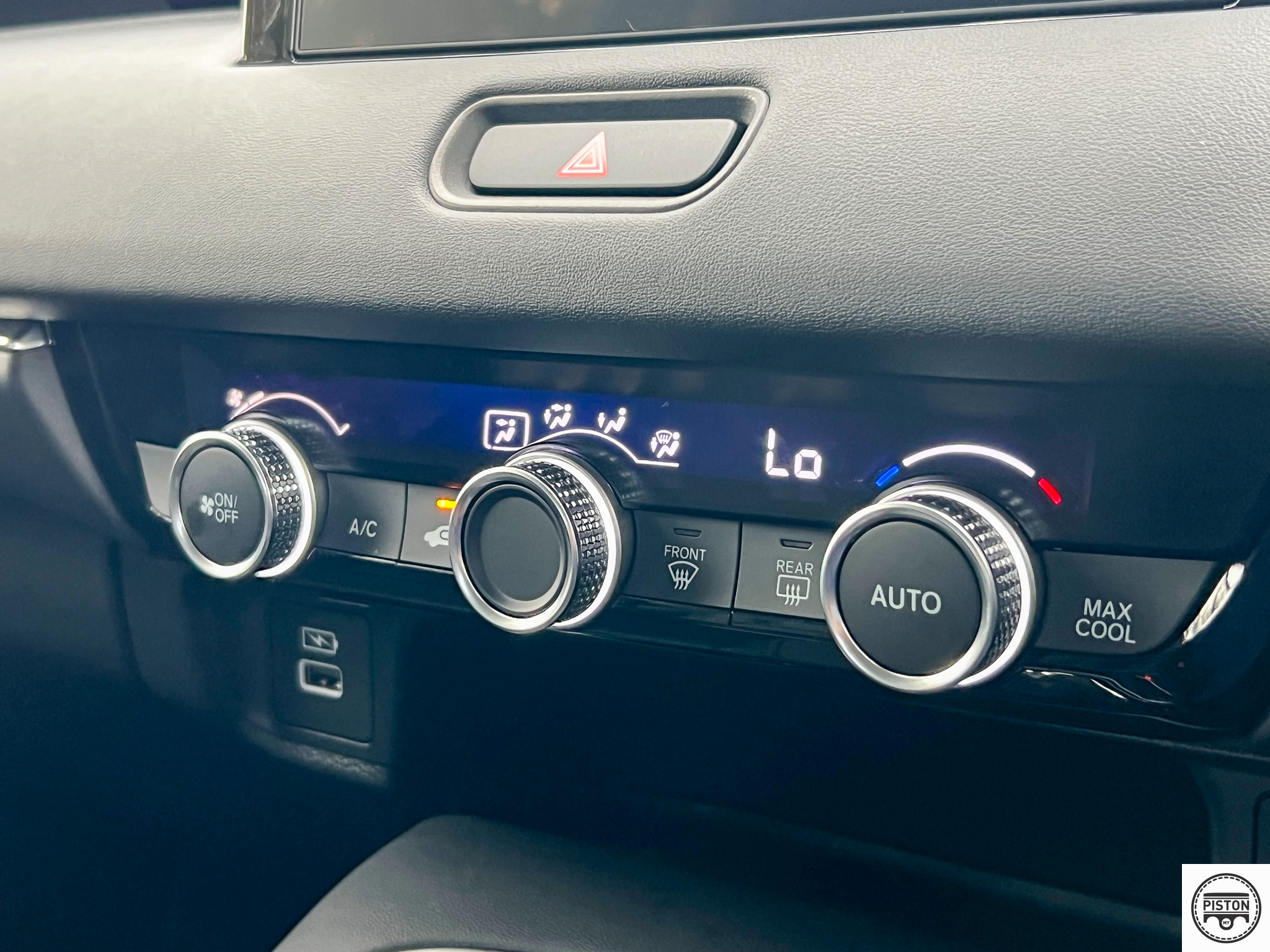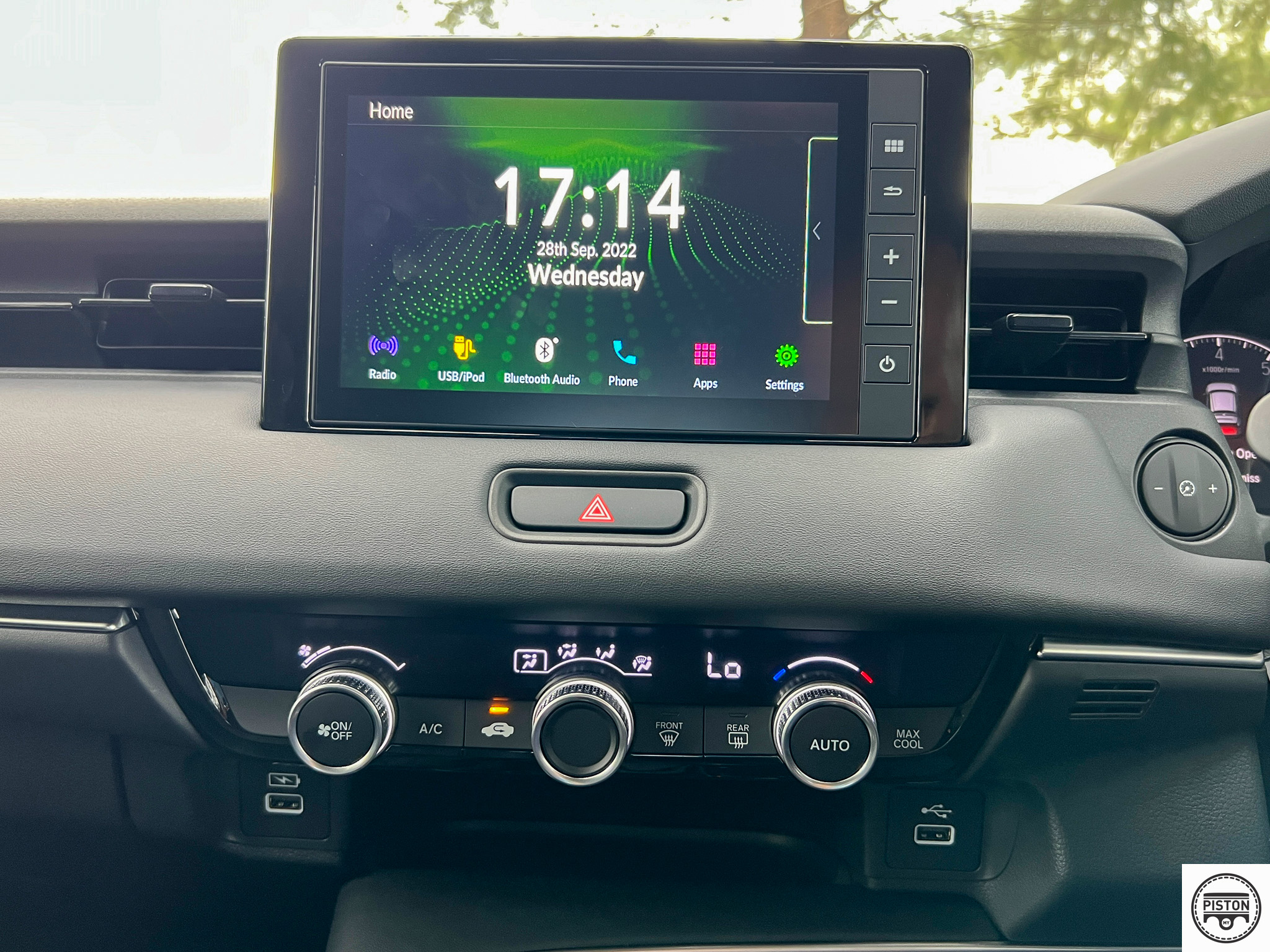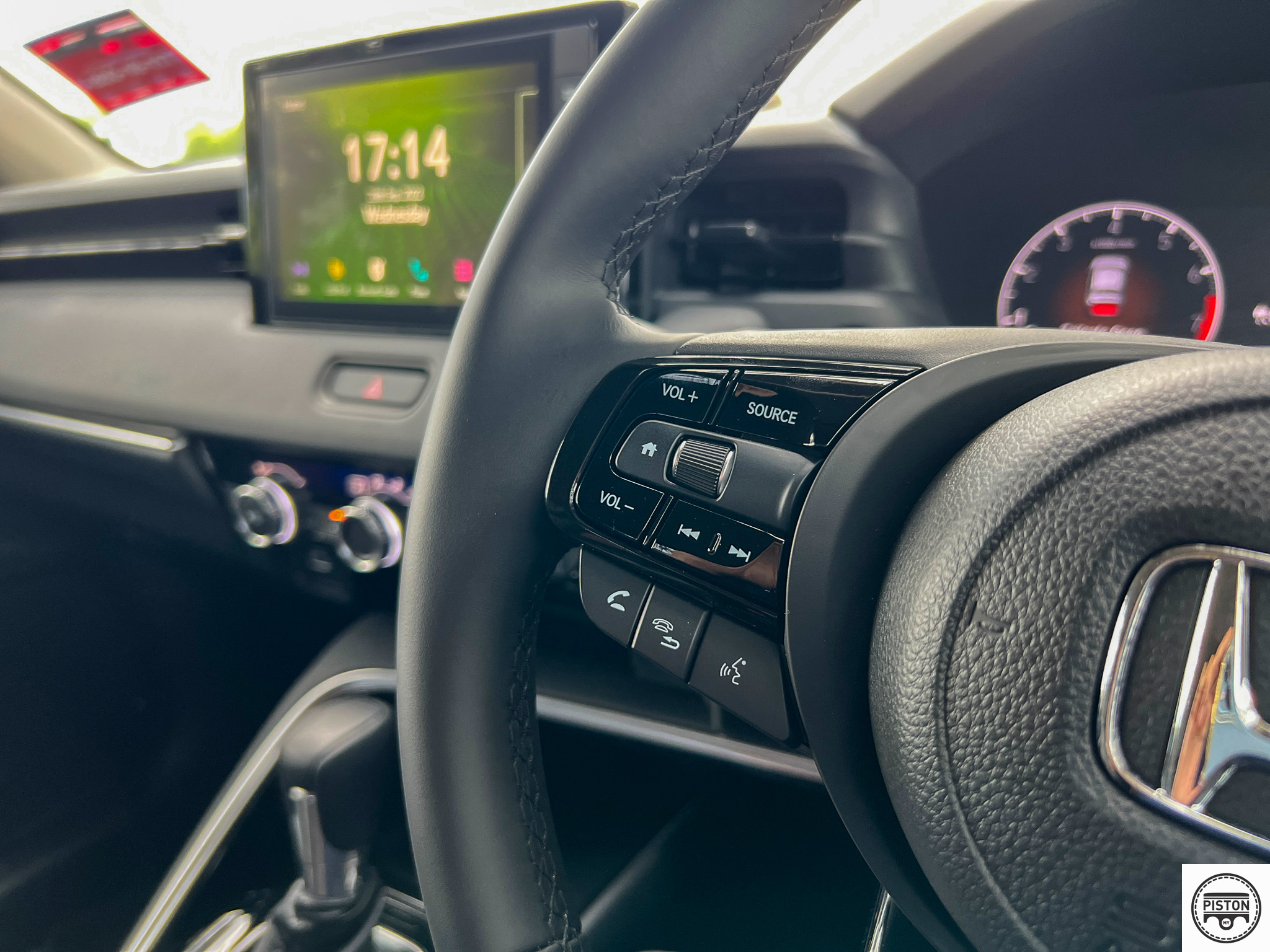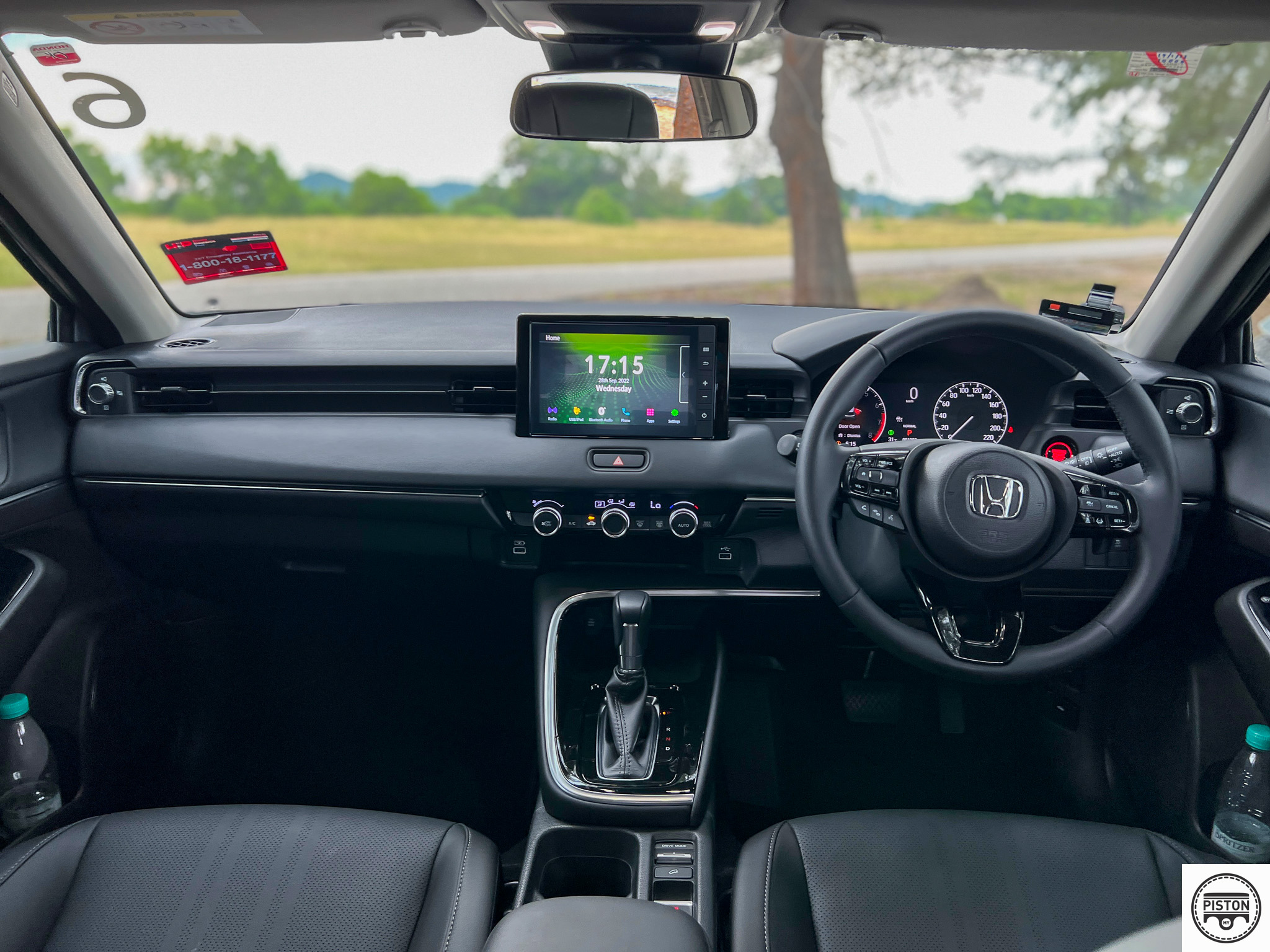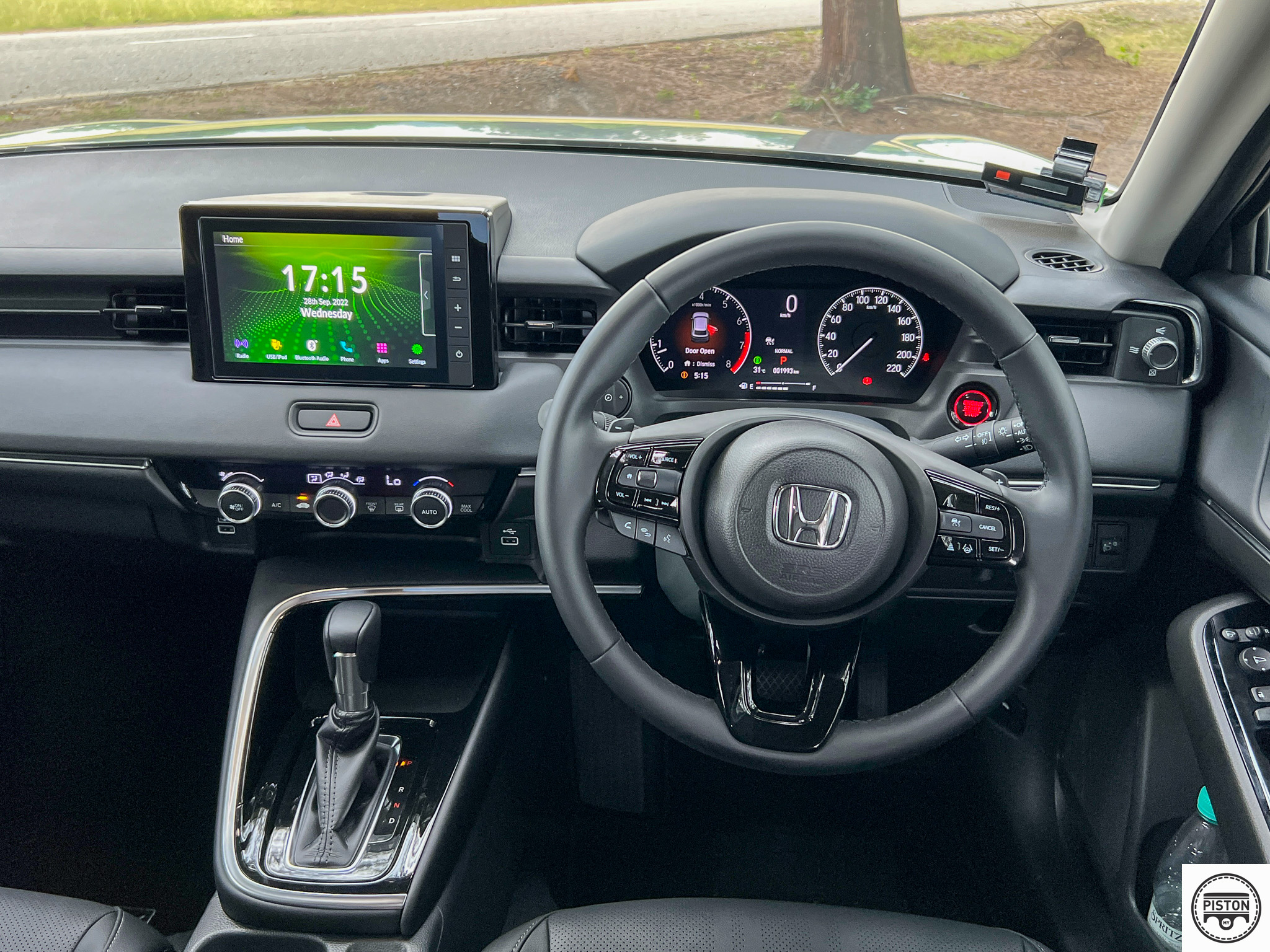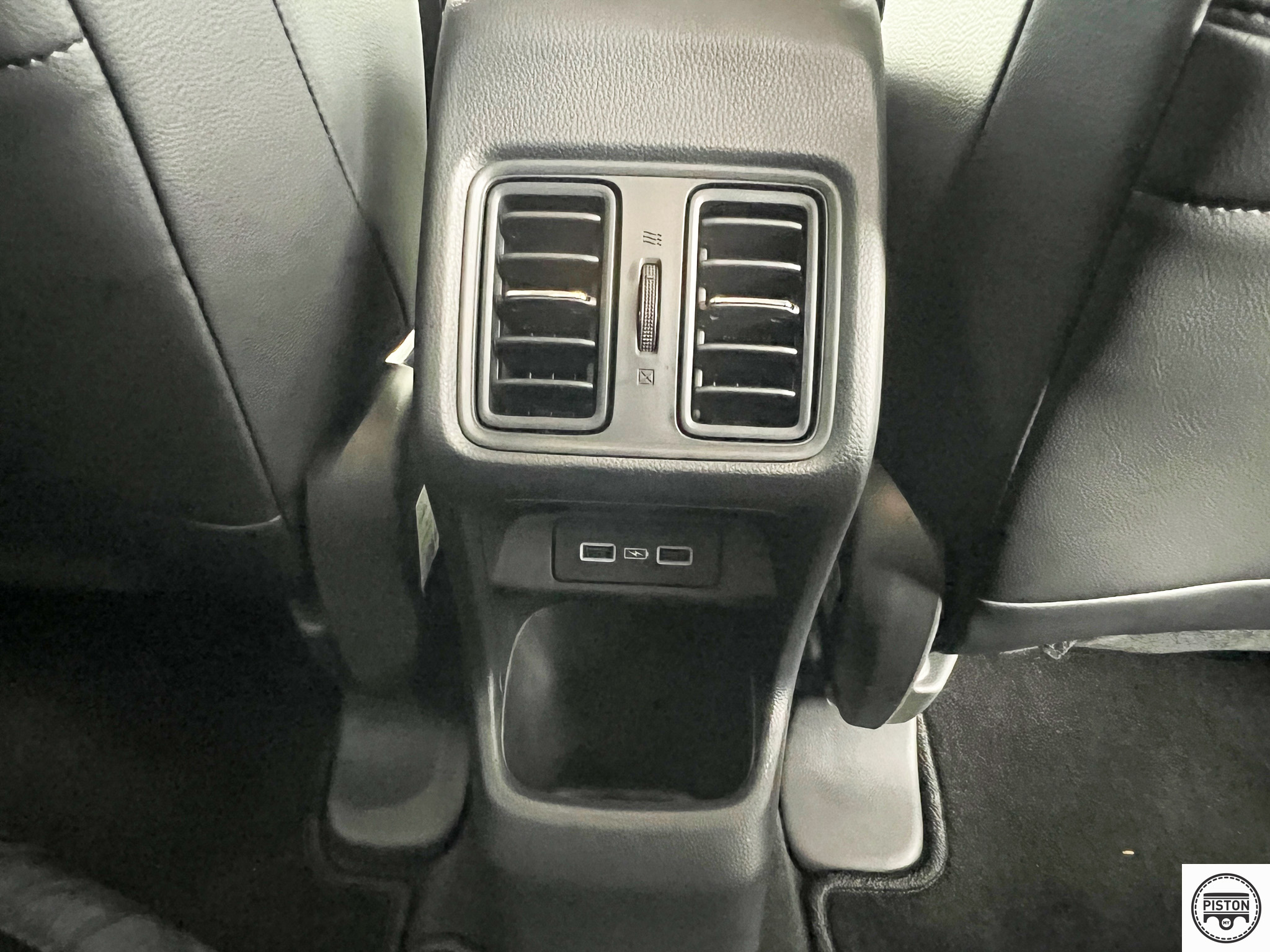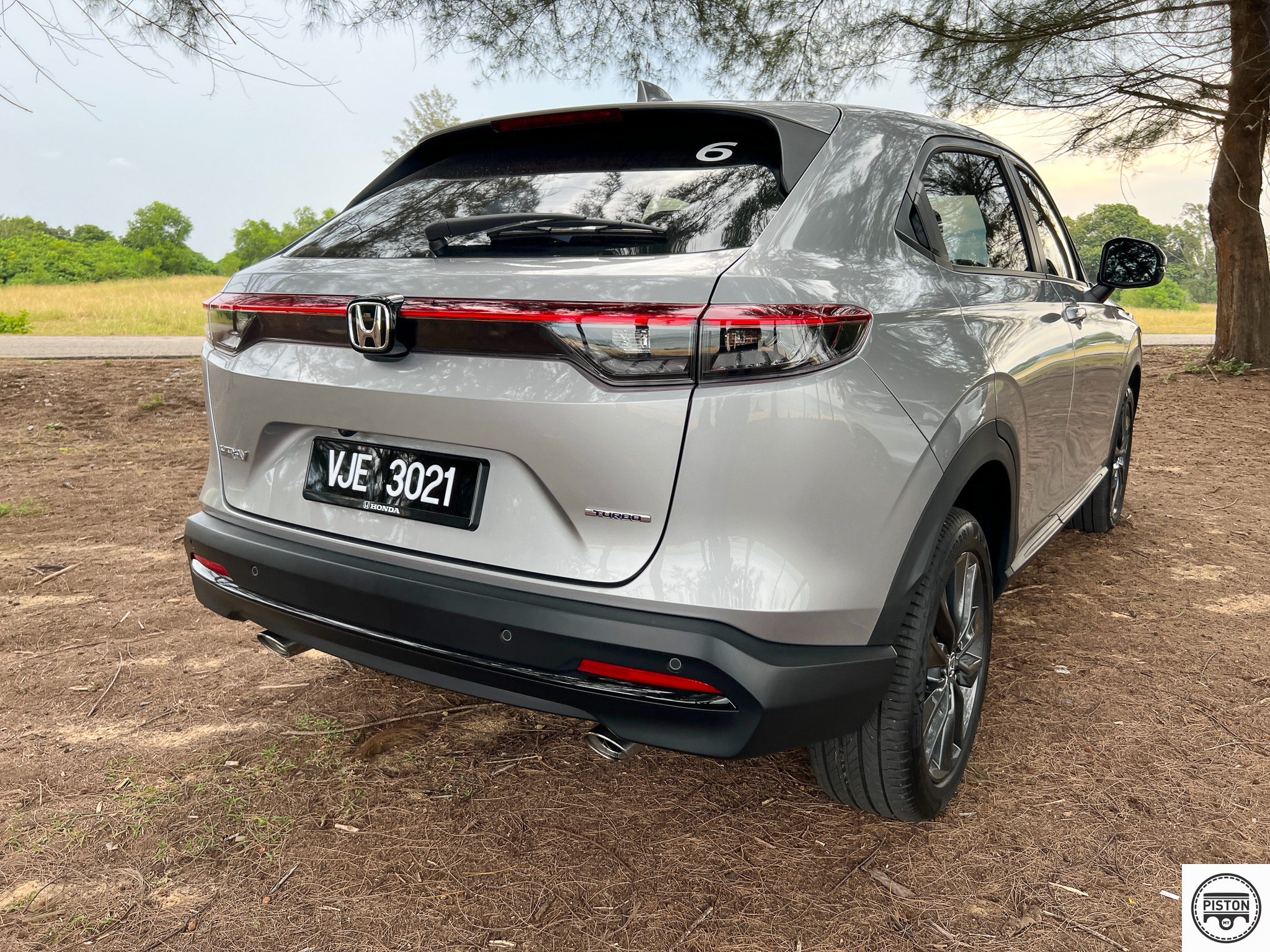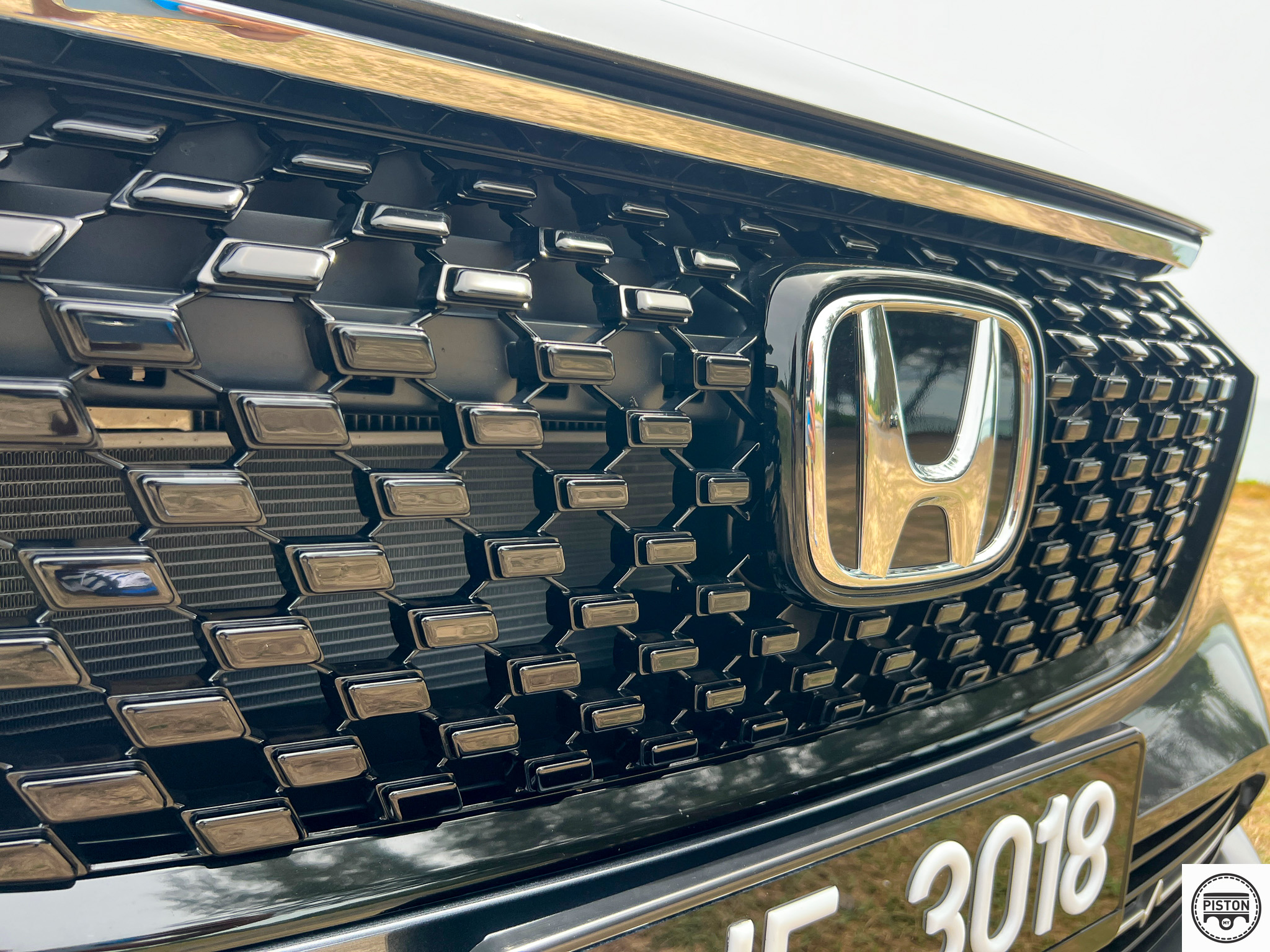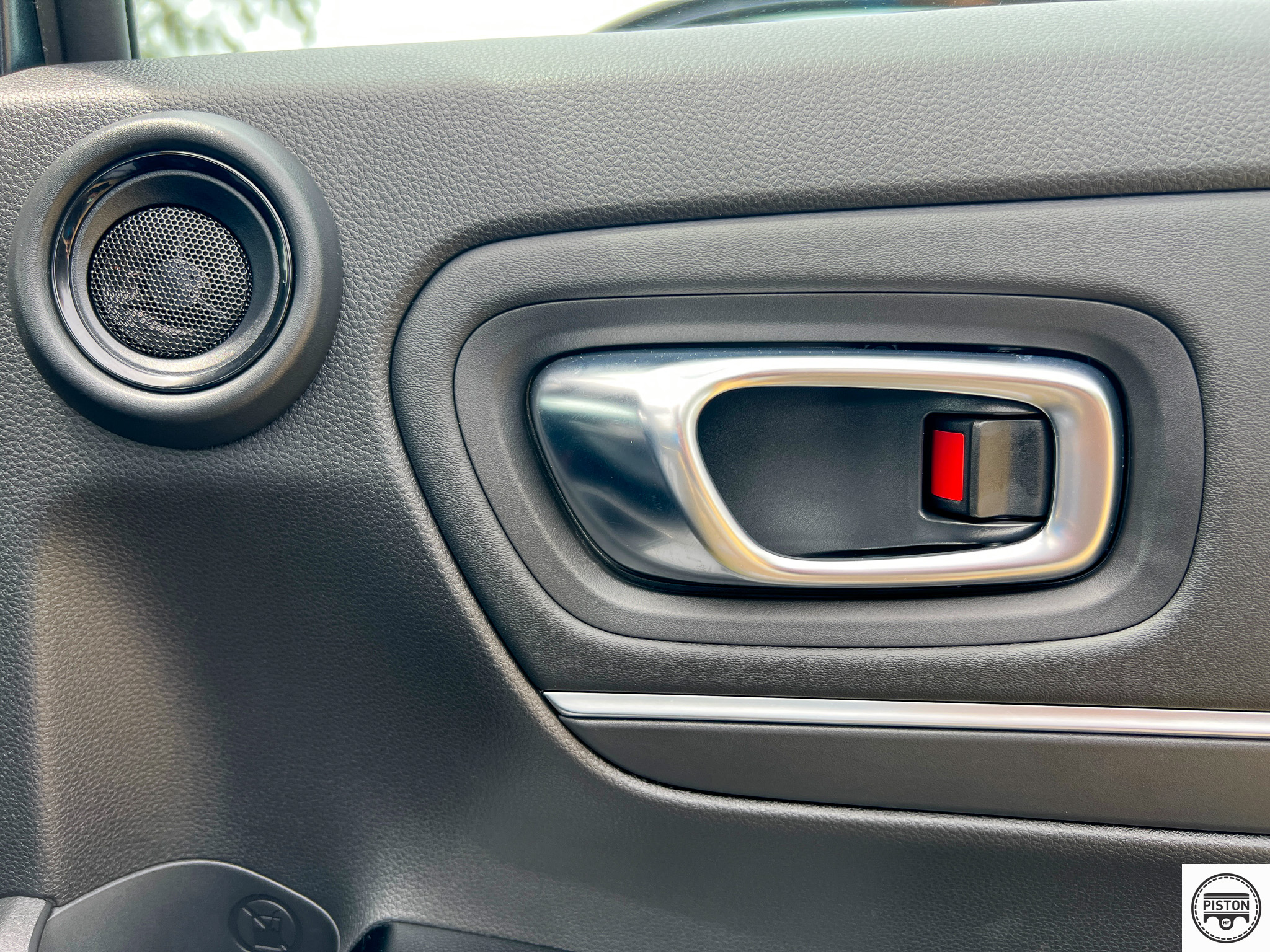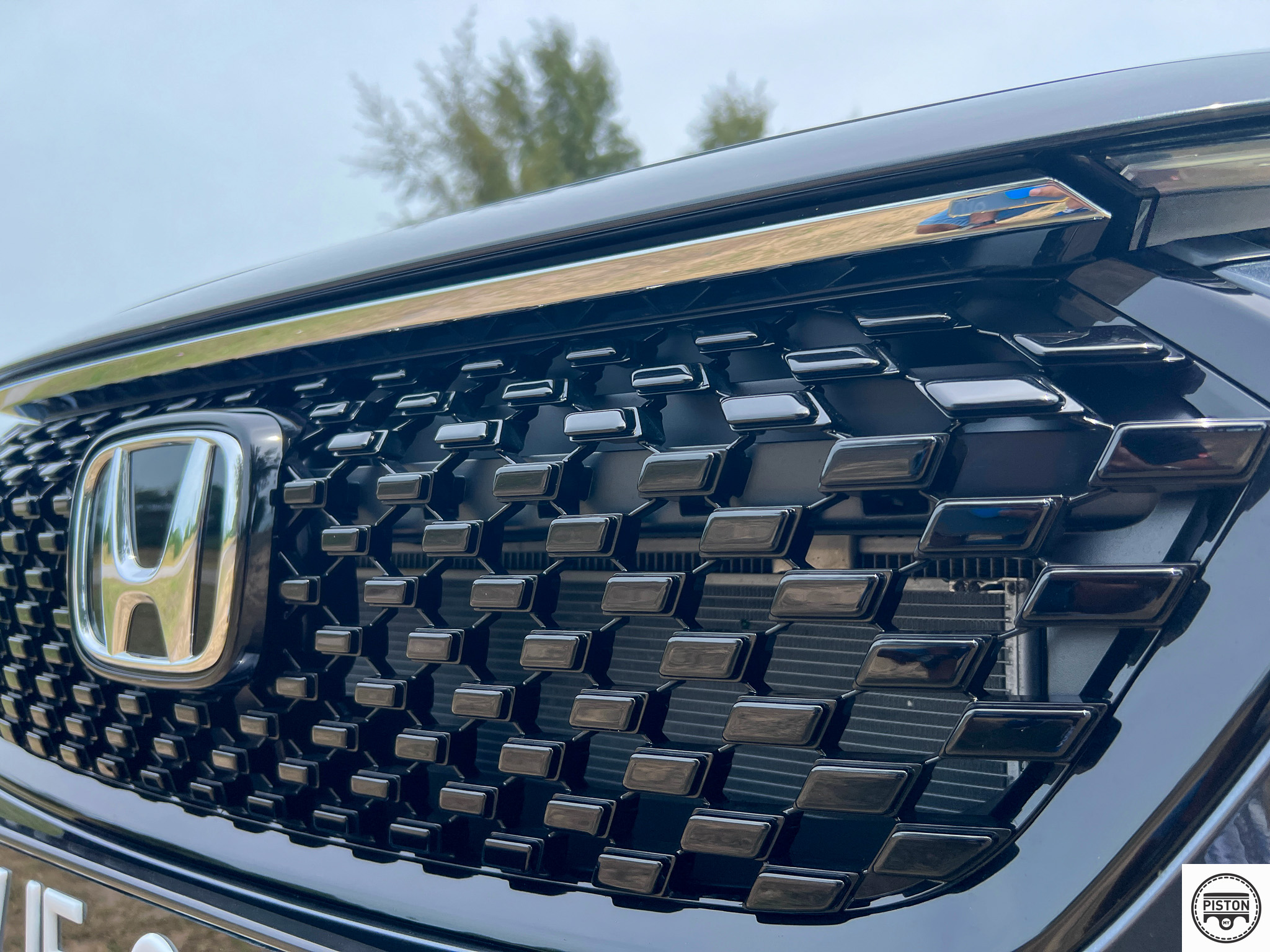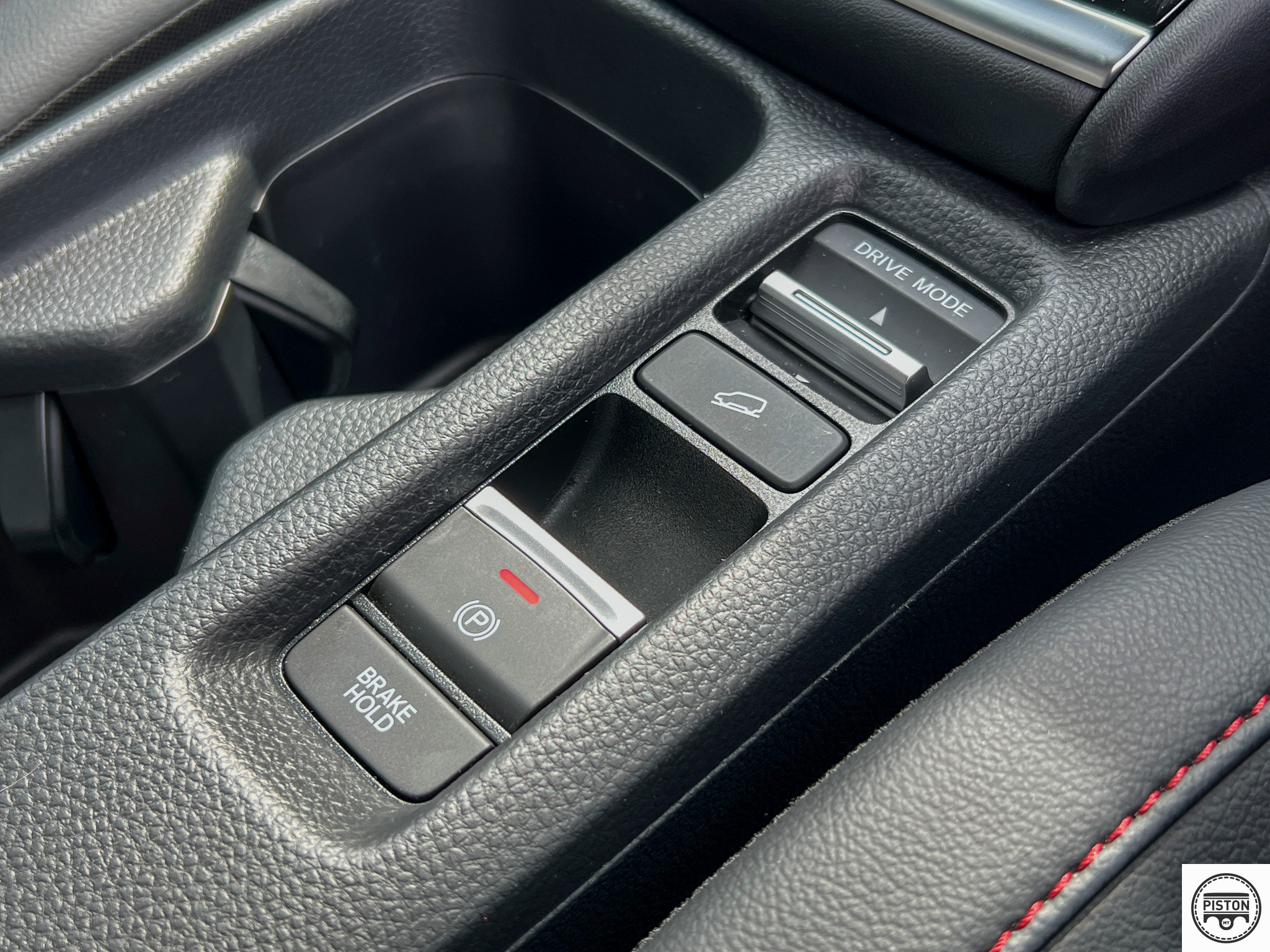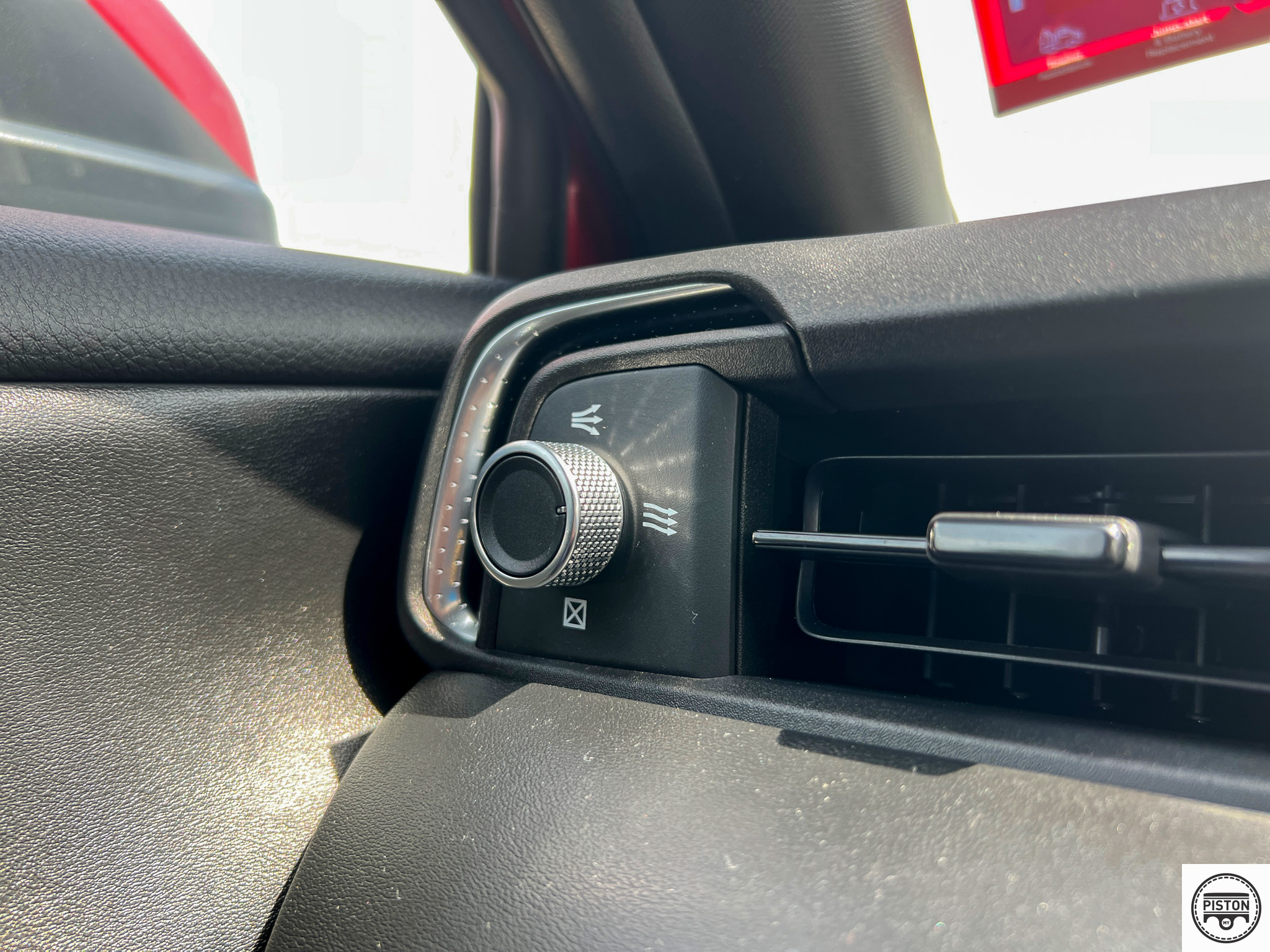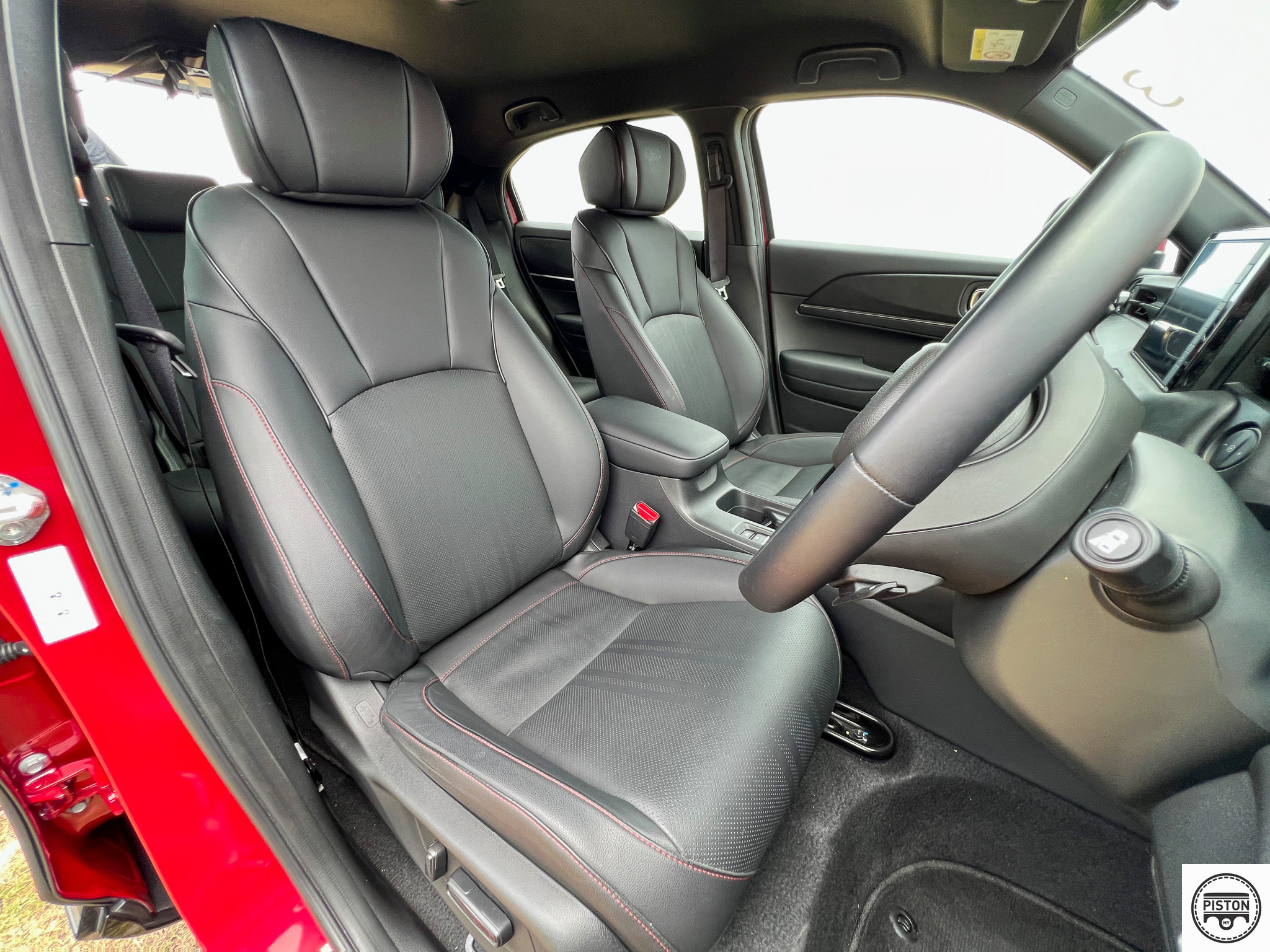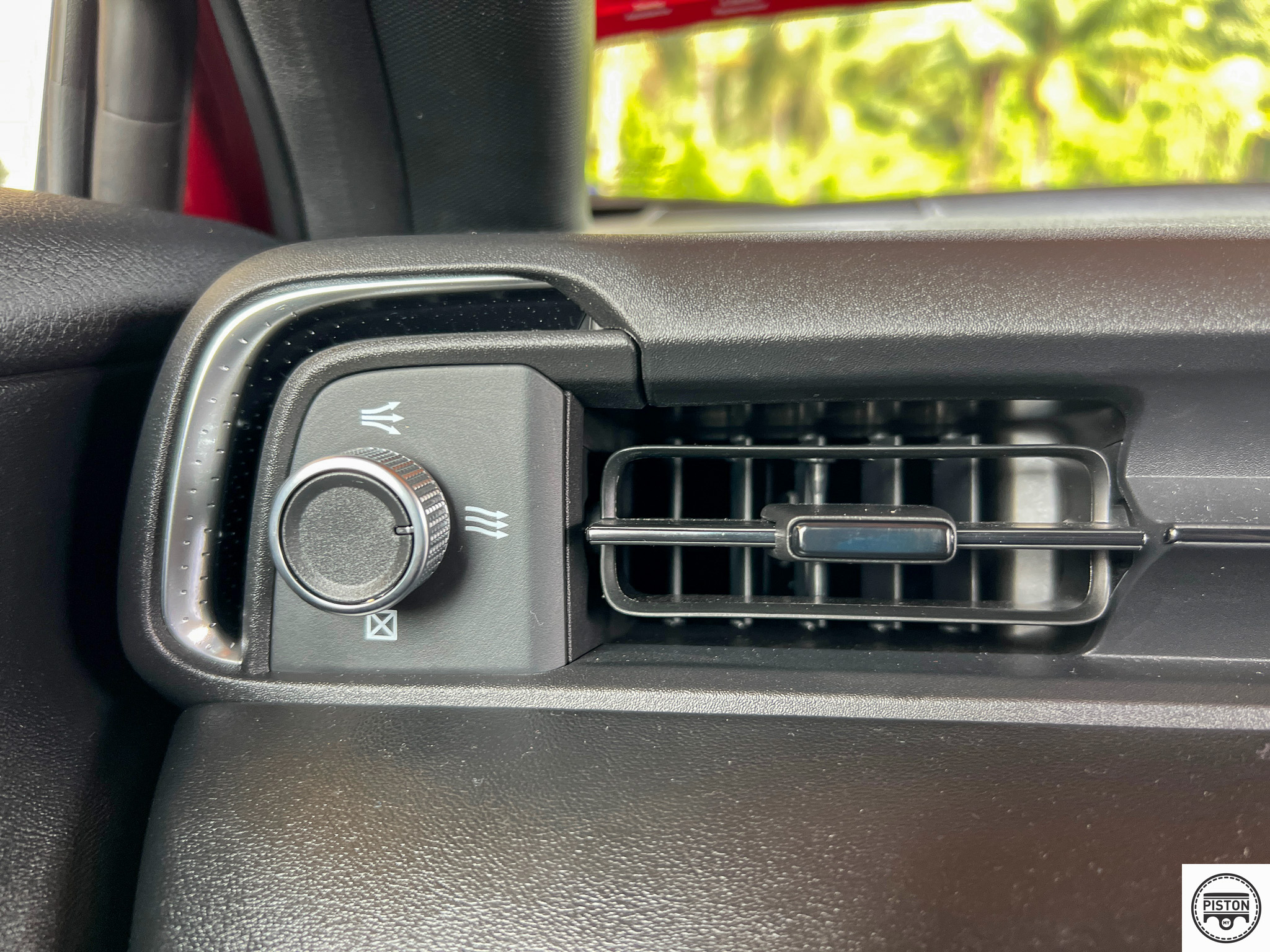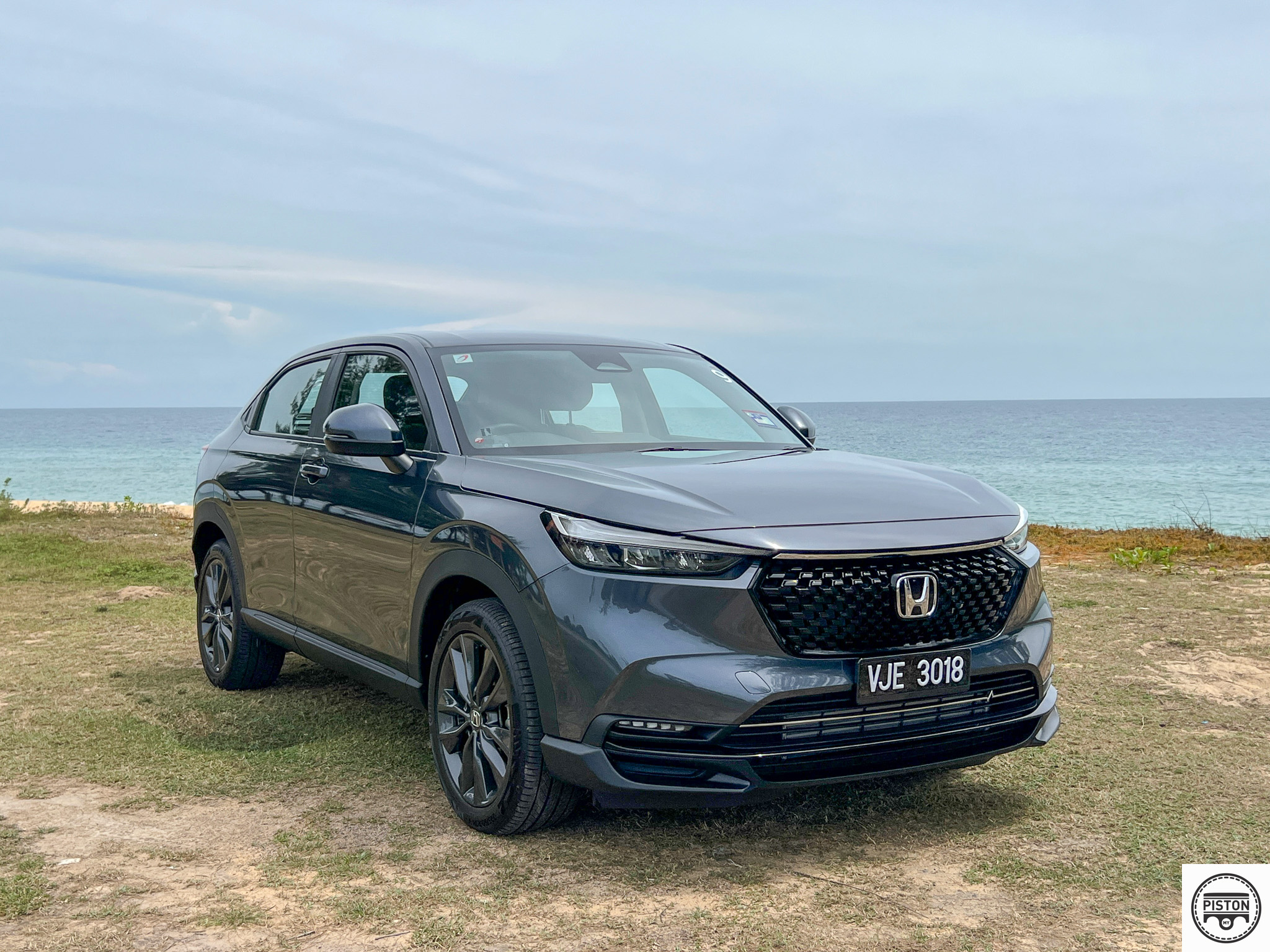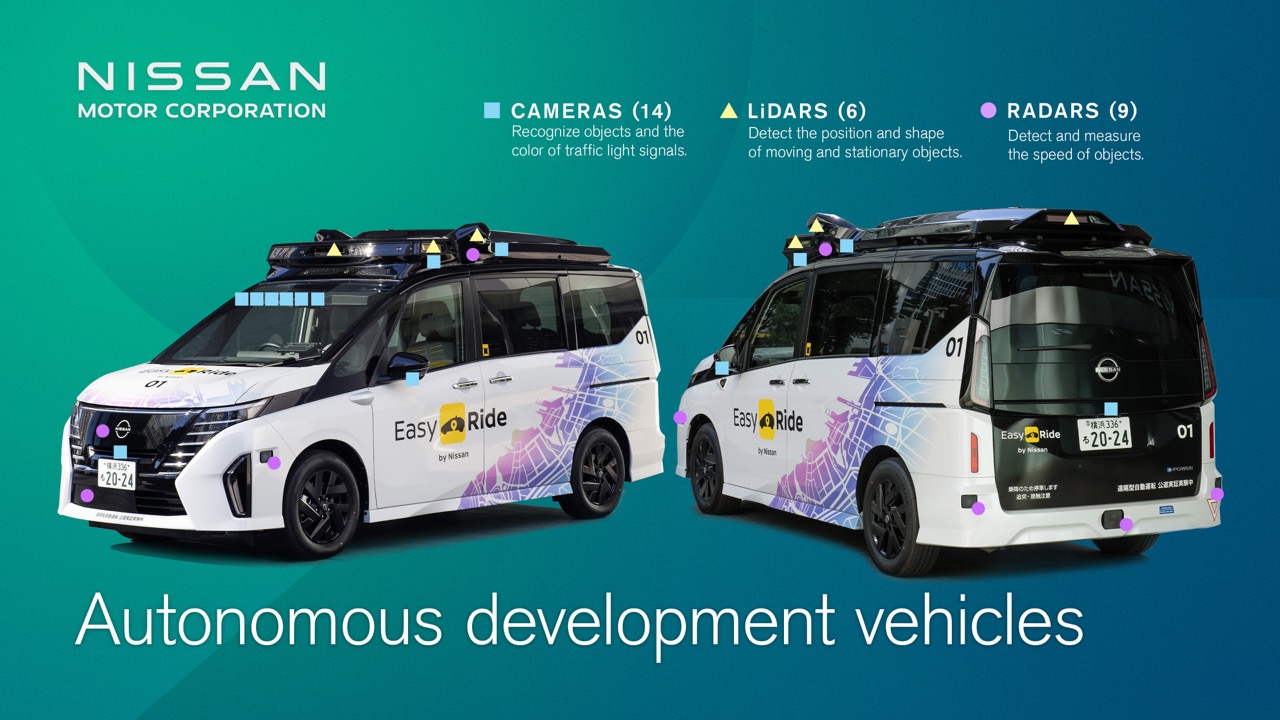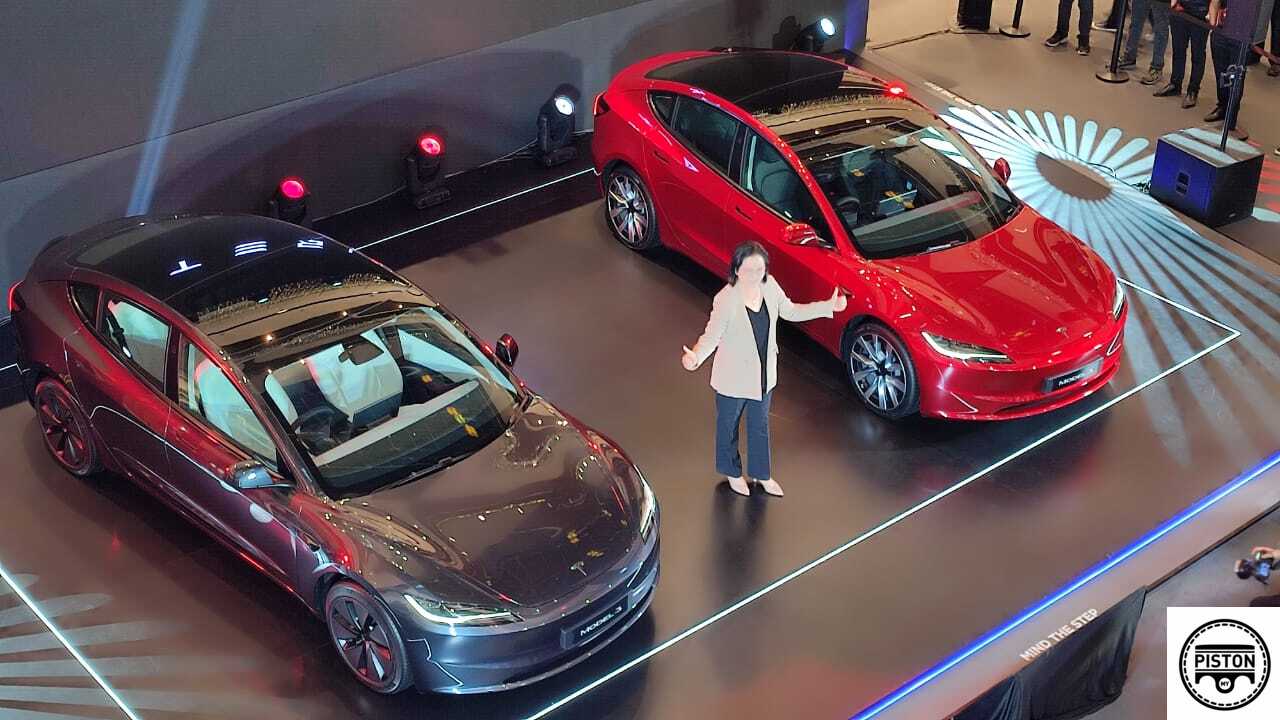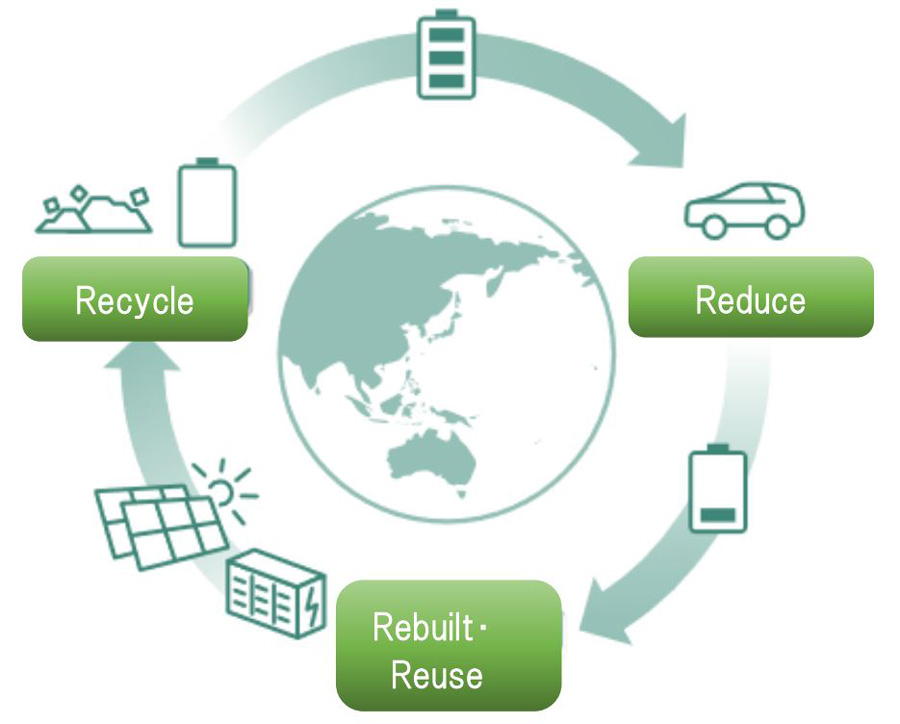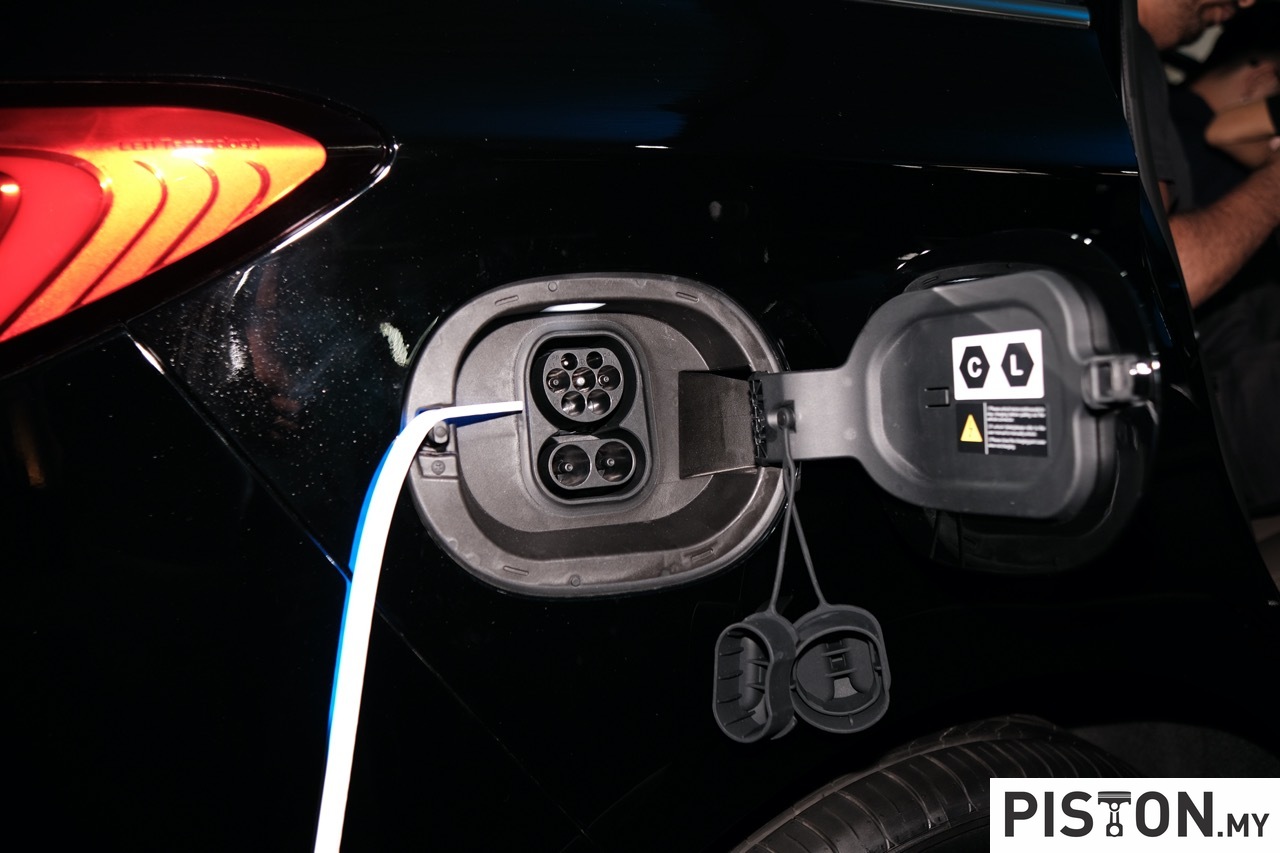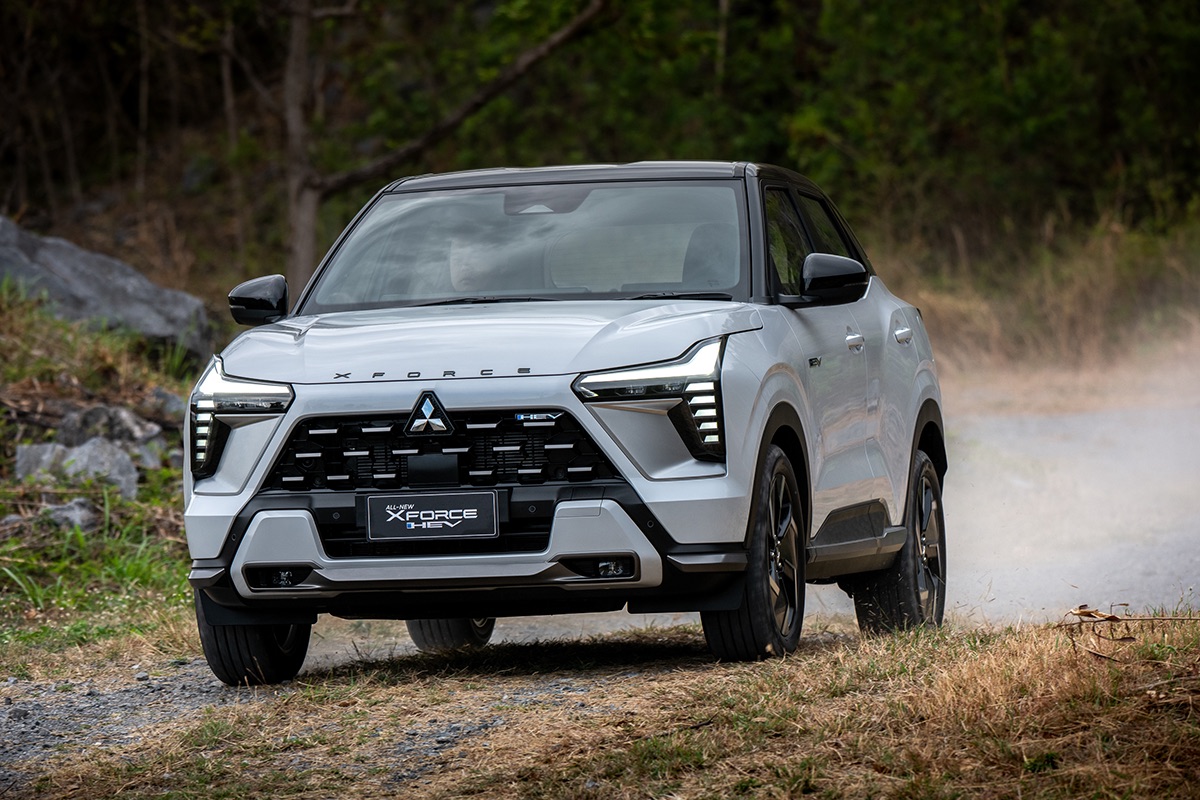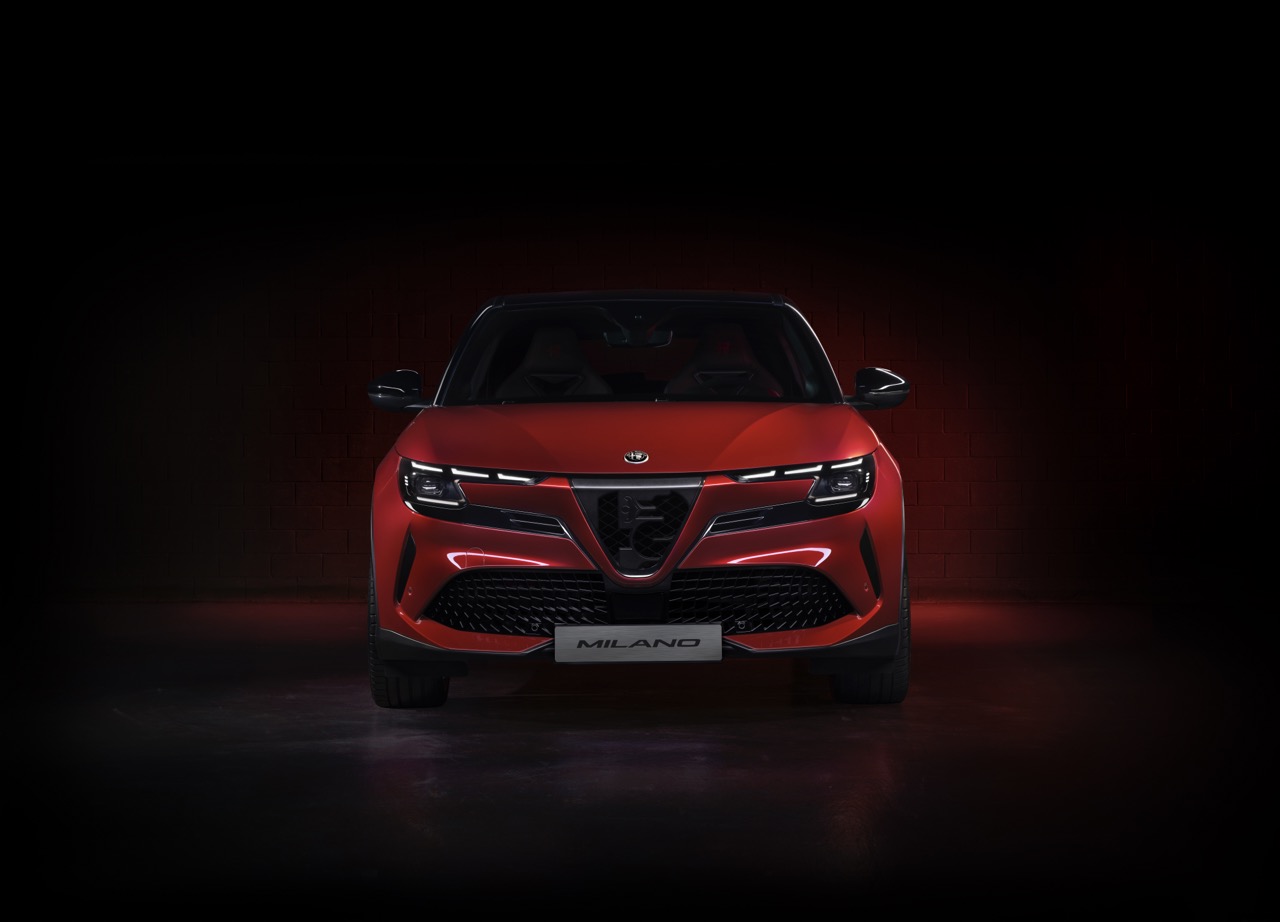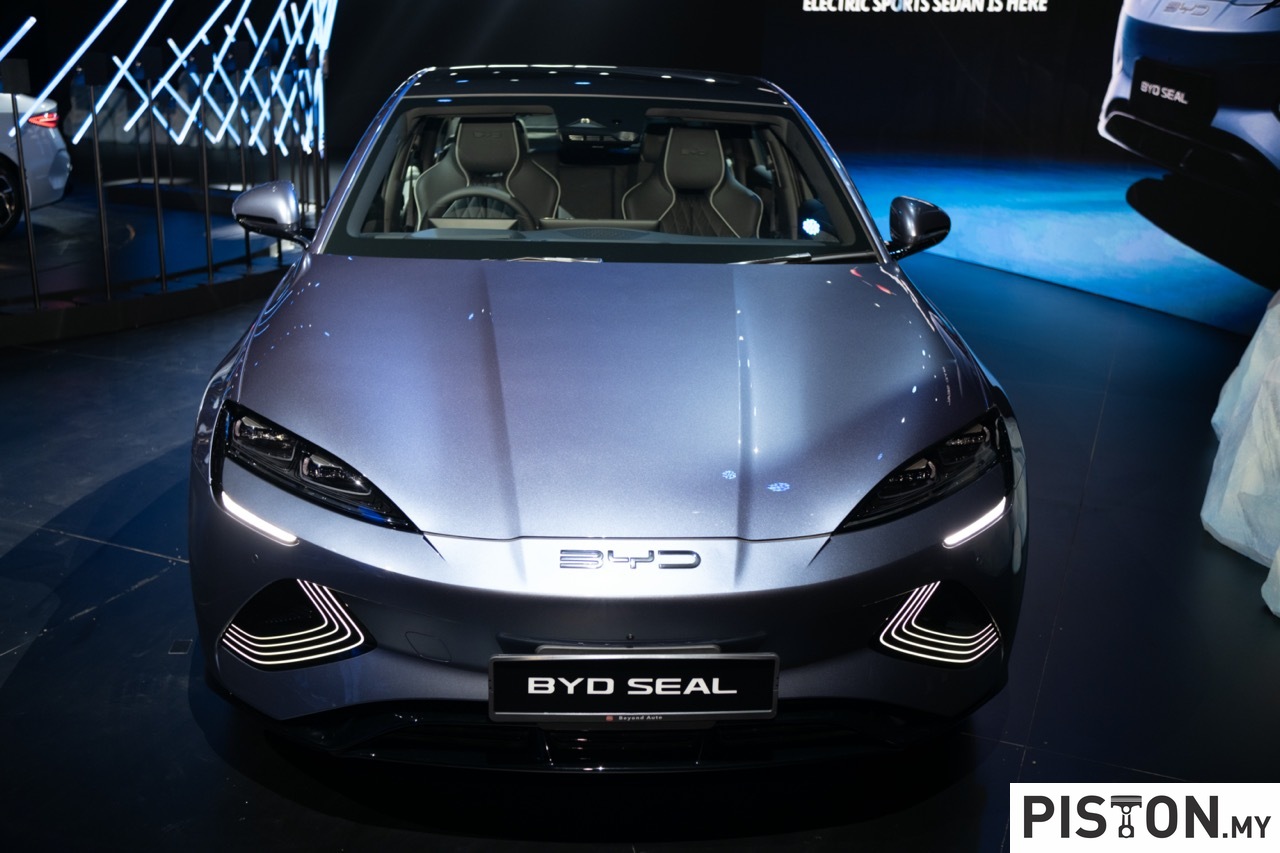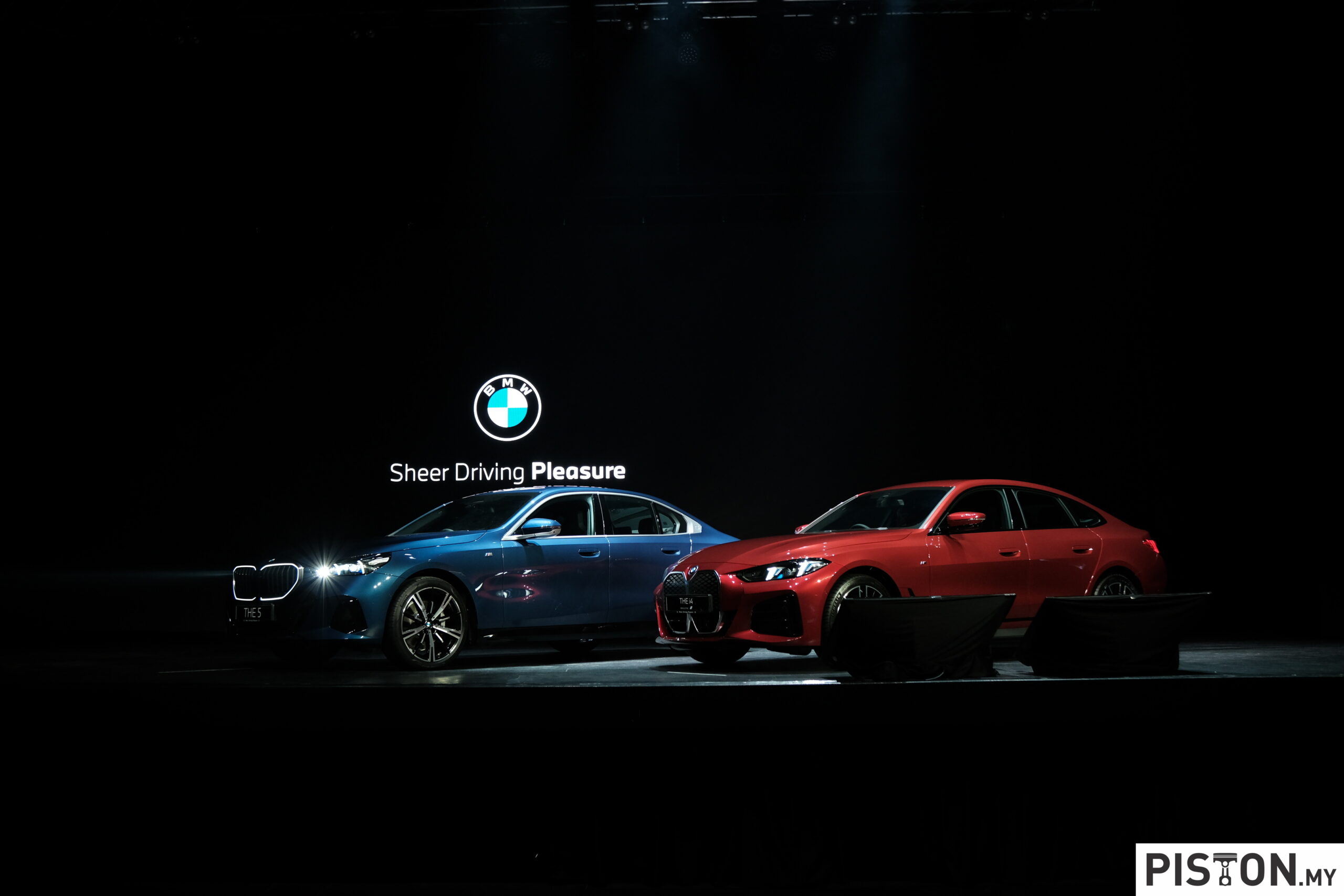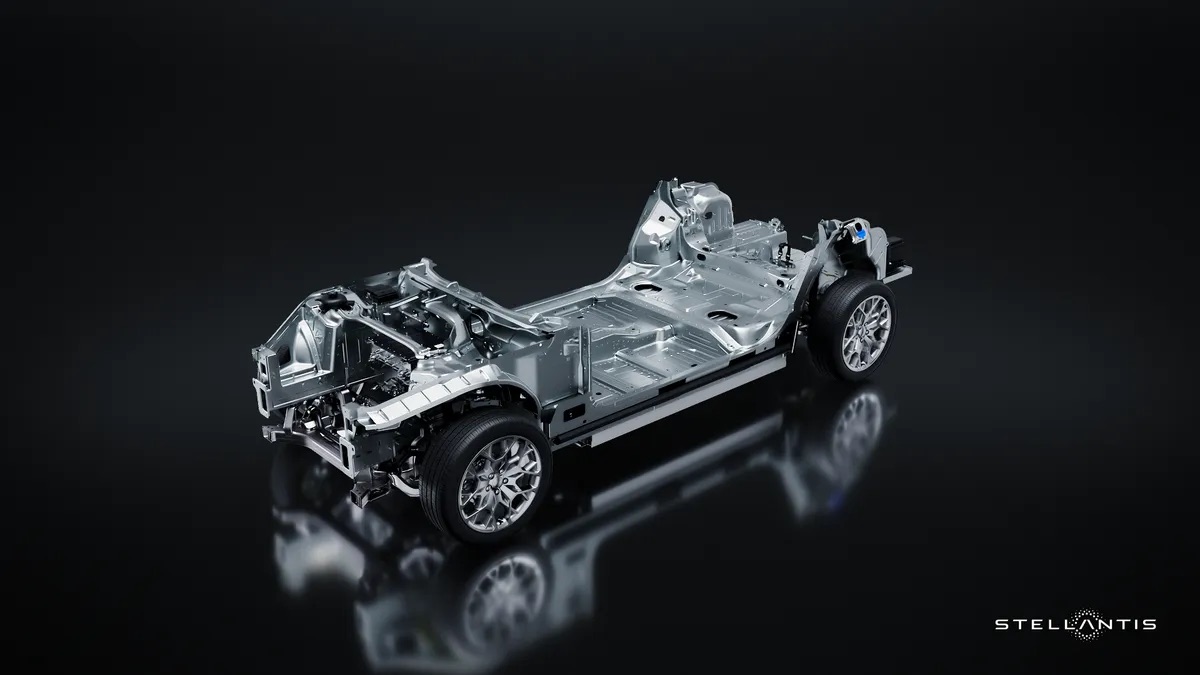At a glance:
- The Honda HRV RS is the top of the line model and is RM5,000 more expensive than the second model in the line up – the V-Spec.
- Despite only marginally more expensive, buyers seem to prefer the V-Spec.
- Over 50% of buyers are said to prefer the V-Spec.
- The V-Spec is better suited to performance than fuel economy.
The HRV has been hugely popular and for good reason; the B-Segment crossover SUV offers all the ideals anyone could want.
Young families will appreciate the space and safety features while the elders will appreciate the comfort and driving dynamics.
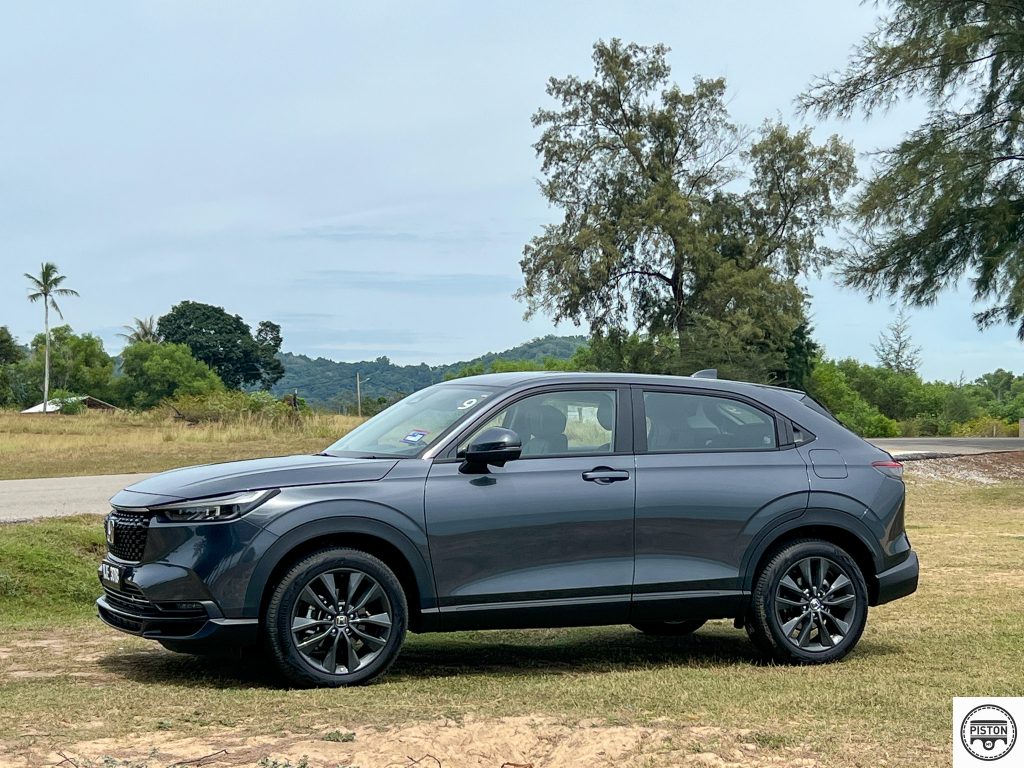
The newly launched third-generation HRV takes it up a couple of notches and once again is a class leader with new, never before seen features in similar SUVs.
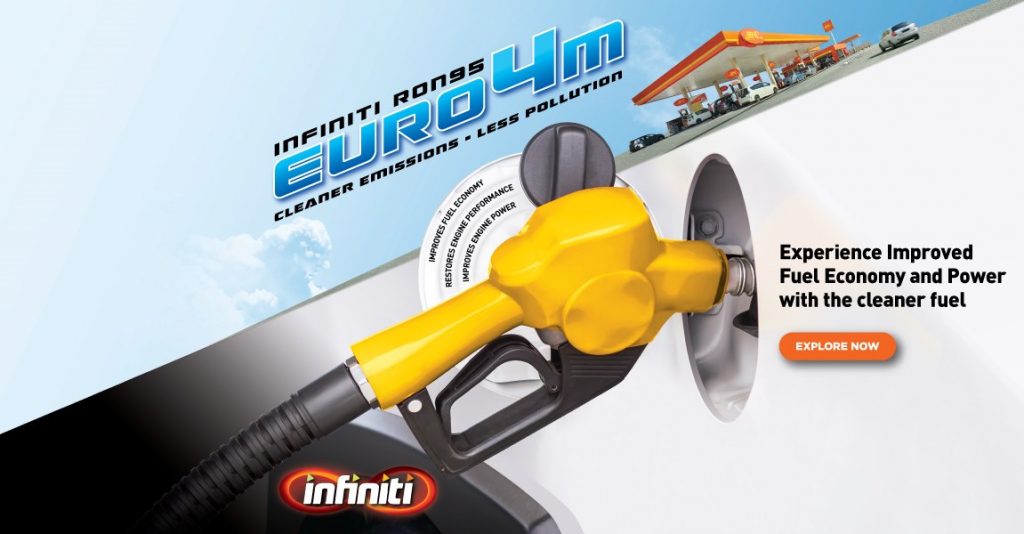
Positioned right below the top-of-the-line Honda HRV RS is the V-Spec. Of the 7,000 HRV’s already delivered to date, about 50% consist of the V-Spec. And it is not difficult to see why it is the model of choice for many.
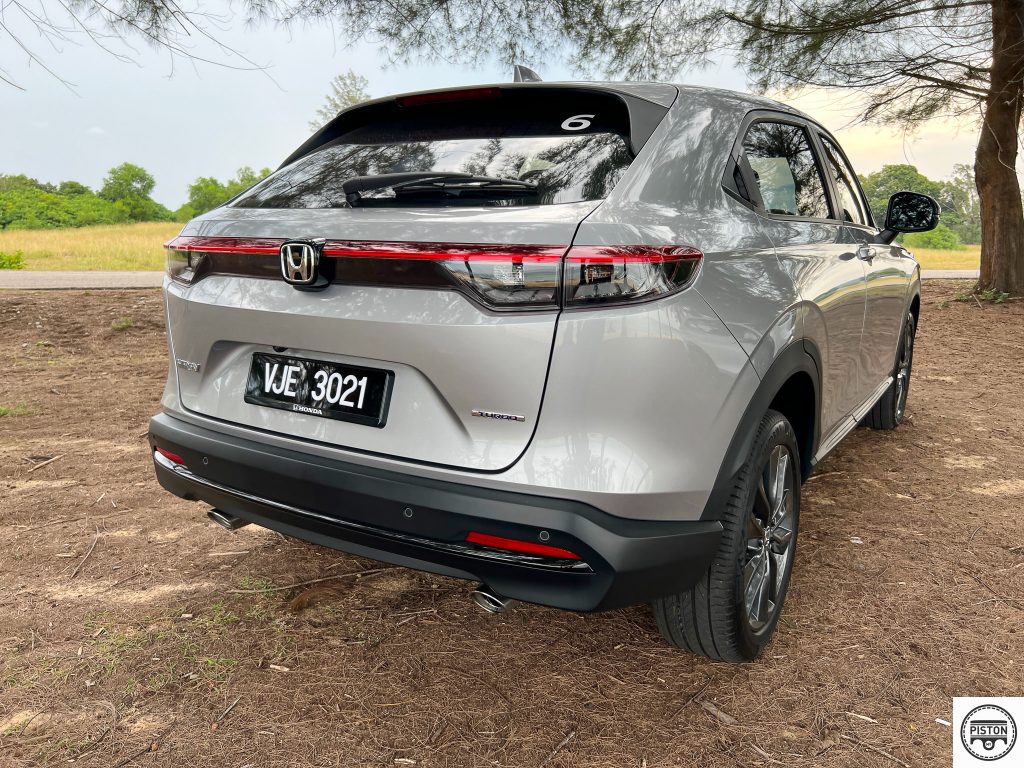
Around the exterior, the V-Spec is differentiated by its gloss black front grille, matte black finishing around the front and rear bumper, and a red-coloured LED light strip and brake lights.
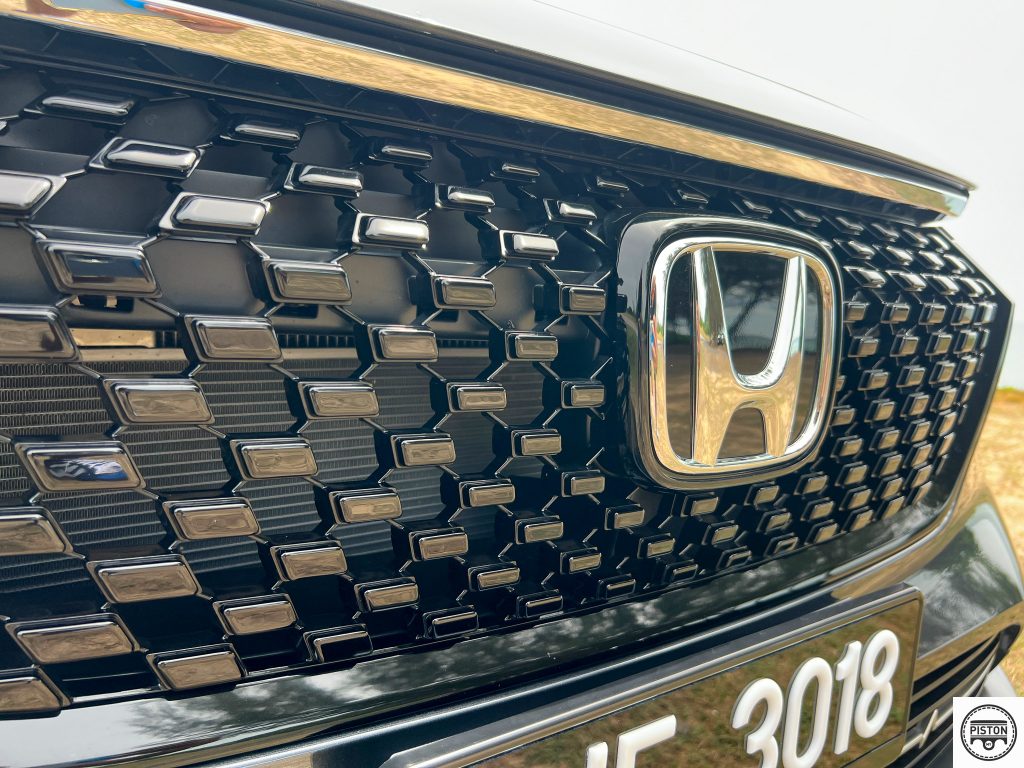
And finally, the V-Spec features silver tipped dual exhaust-pipes, while the RS has its single exhaust neatly tucked away out of sight.
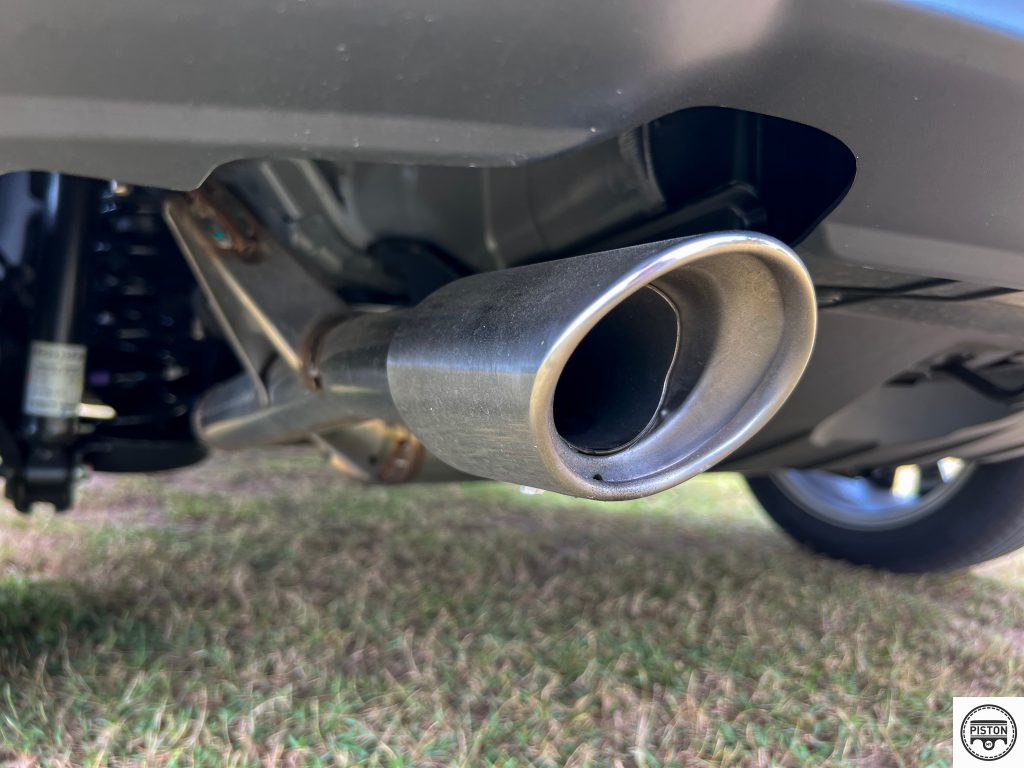
Inside, the V-Spec loses out on dual-zone air-conditioning in favour of a single-zone system, while the roof-lining is beige in colour as compared to the black in the RS.
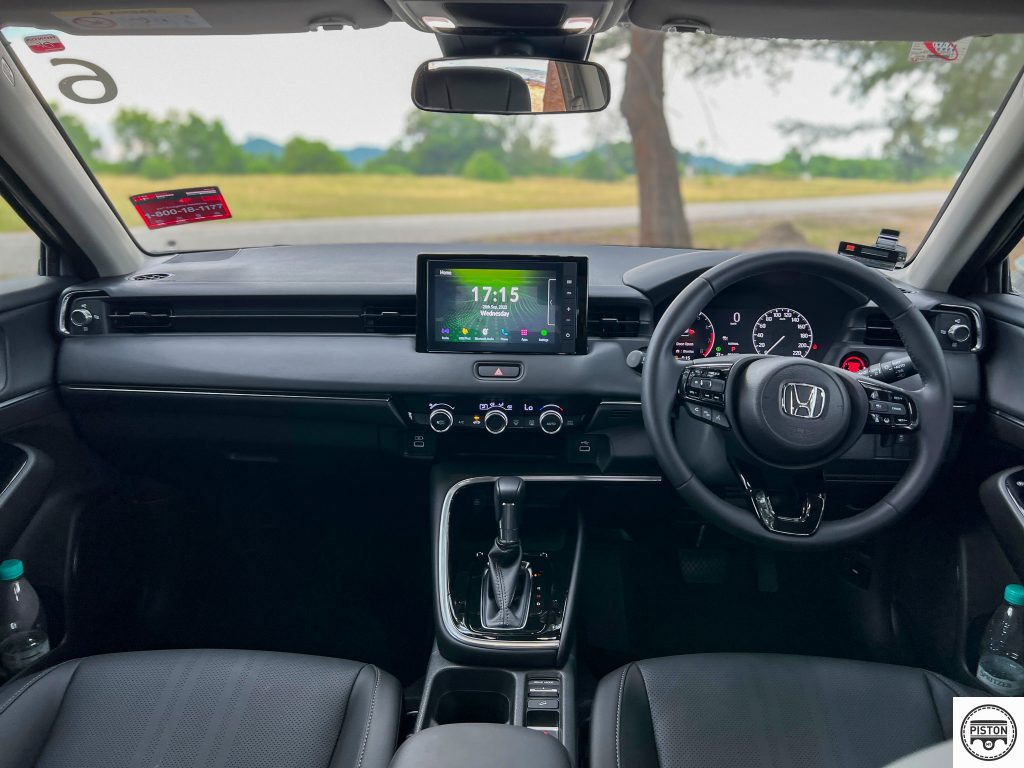
Also, the stitching on the seats, gear knob and the steering wheel is in dark grey for the V-Spec and red for the RS. Whether this matters or not is a different story, but to me, the red has a tendency of getting dark over time, which just dulls the ambience.
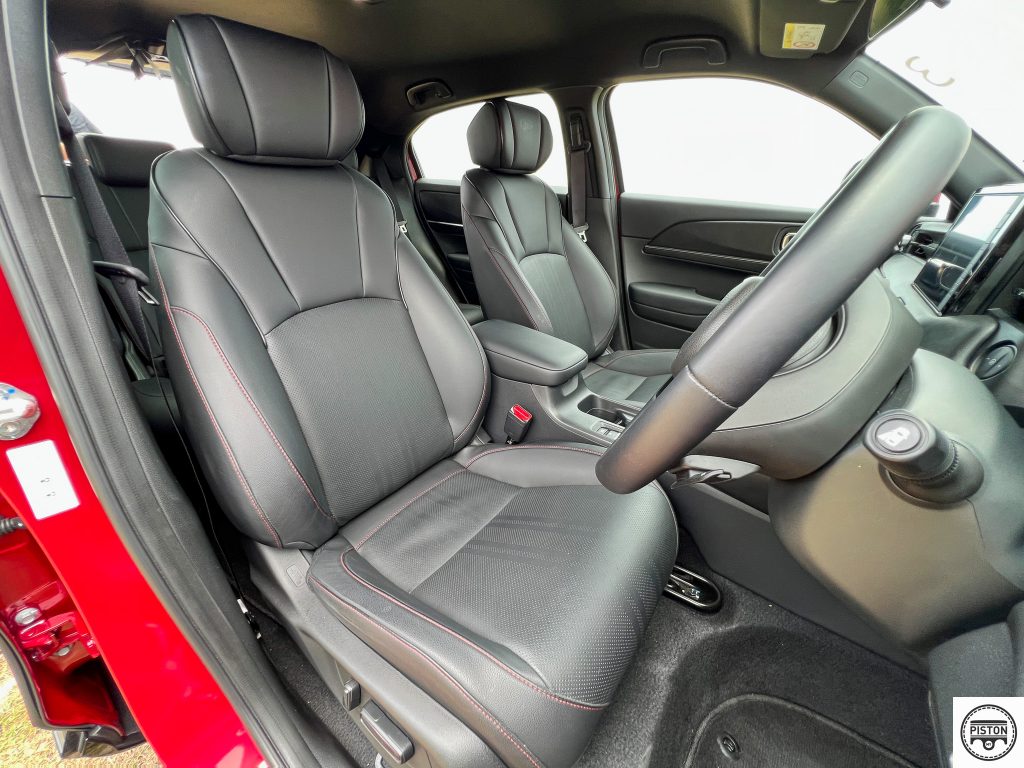
The leather seats are firm but comfortable and there’s plenty of space for all occupants. Multi-seats are standard across the HRV range and offer added practicality with three different seat settings to accommodate just about anything wide or long.
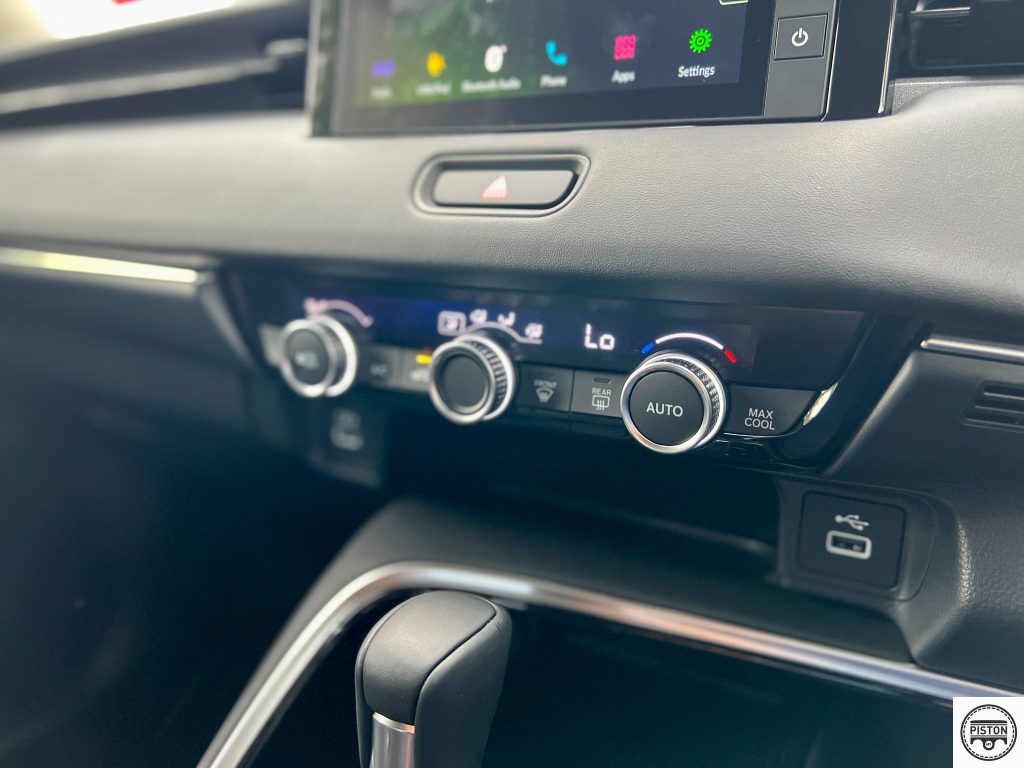
Creature comforts include multiple cup holders for all passengers, two USB ports up front and two at the back, and the all-important Apple CarPlay and Android Auto.
The V-Spec also boasts practicality in the form of adaptive cruise control, a feature also available in the RS. This allows the driver to set a desired speed and distance to the vehicle ahead, and the HRV will brake and accelerate automatically according to the pre-set settings. Handy especially when driving long distances as we found out during a drive back from Terengganu.
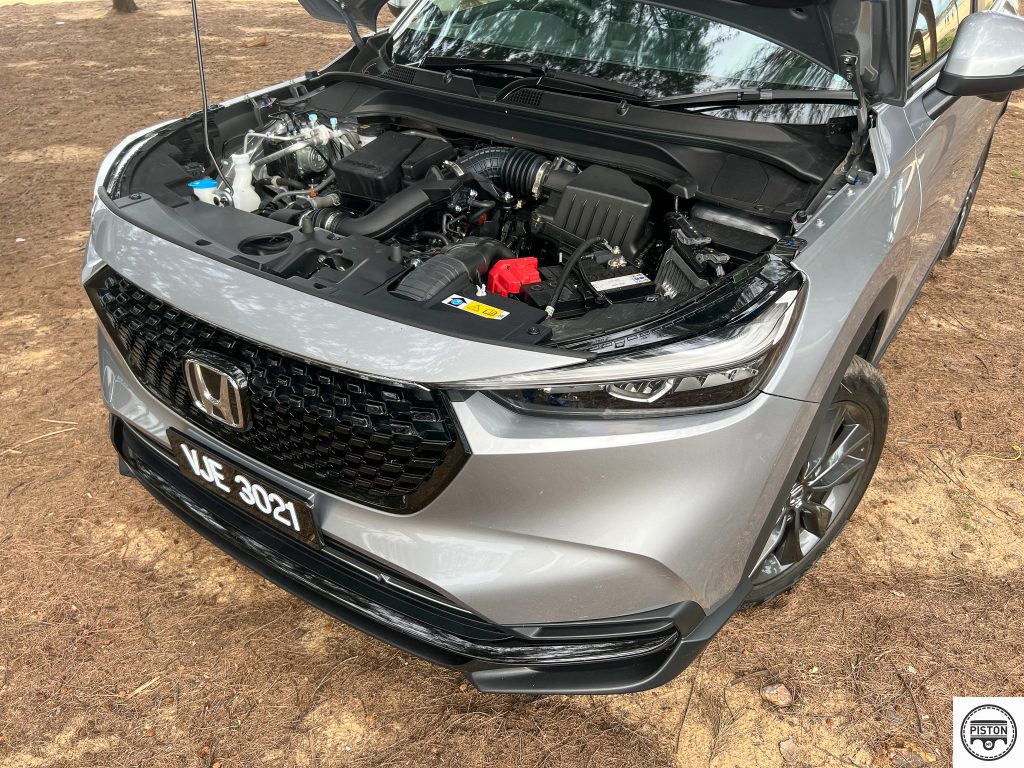
But the real fun lays under the bonnet, or hood if you are so inclined. The V-Spec is powered by a 1.5-litre, turbocharged engine that is mated to a CVT gearbox. It is a tried, tested and a robust powertrain that produces 181hp and 240Nm of torque.
That’s not a lot of power if you are into such things, but it is enough to catapult the 1,403kg mini SUV to 100km/h in just 8.8 seconds and onto a top speed of 200km/h.
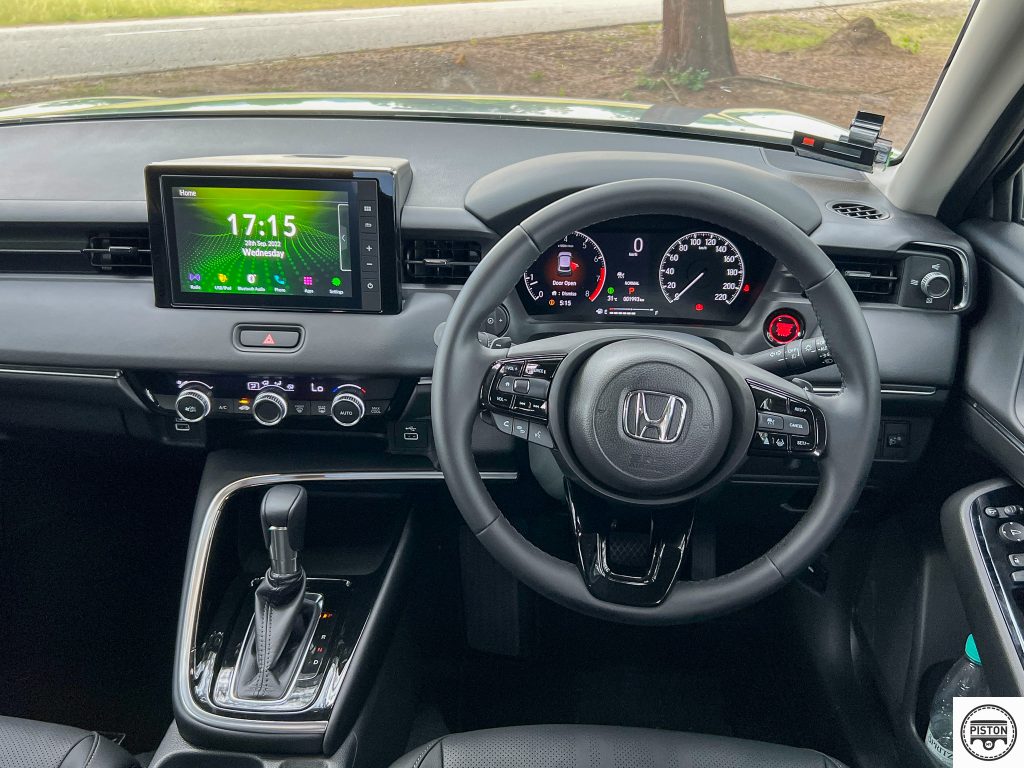
There also steering mounted pedal shifters if you want to control when the car shifts up or down. And more importantly, there are three driving modes – Eco, Sport and Normal – for added fun. The modes are selected via a switch situated by the gear knob.
The HRV is far from a sports car though it definitely has the spirit. In corners, the tall ride height and suspension that is better suited for comfort result in significant body roll when pushed hard. This is after all this is an SUV designed for comfort and convenience, not corner carving.
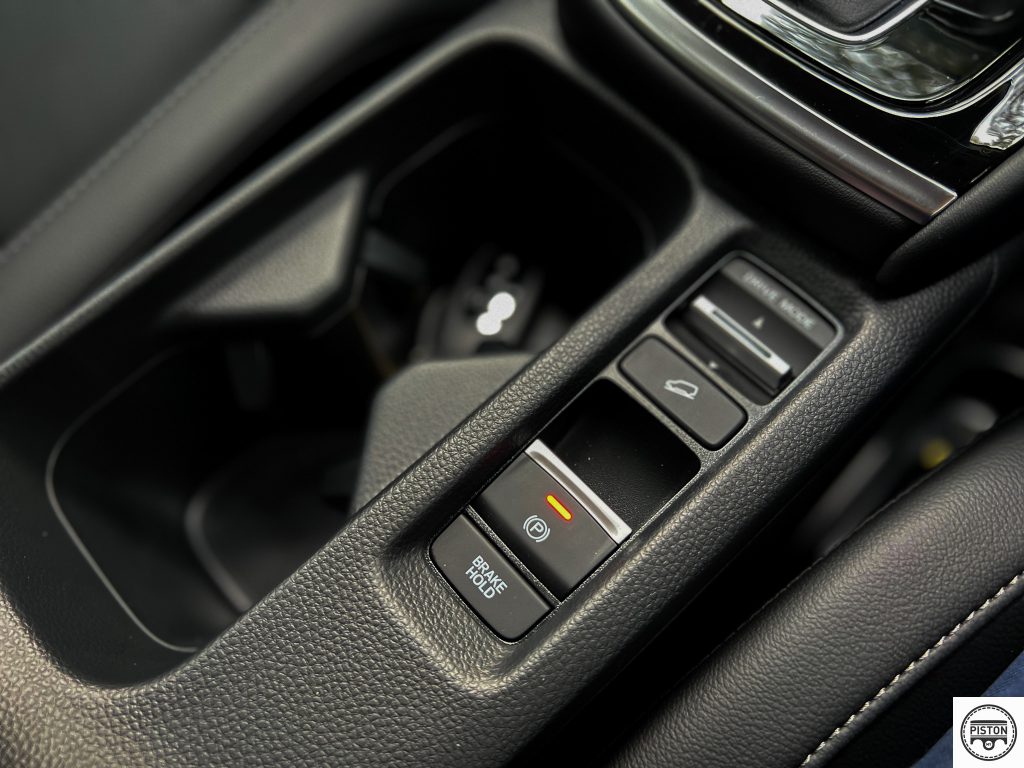
Despite putting out decent power figures, the powertrain can be quite noisy during acceleration. But that can be put down to the CVT gearbox, which tends to whine when laying down power.
Running on the same 18-inch Continental tyres as the RS, the V-Spec too suffers from the same fate; there’s a significant amount of tyre noise that creeps back into the cabin at high speed.
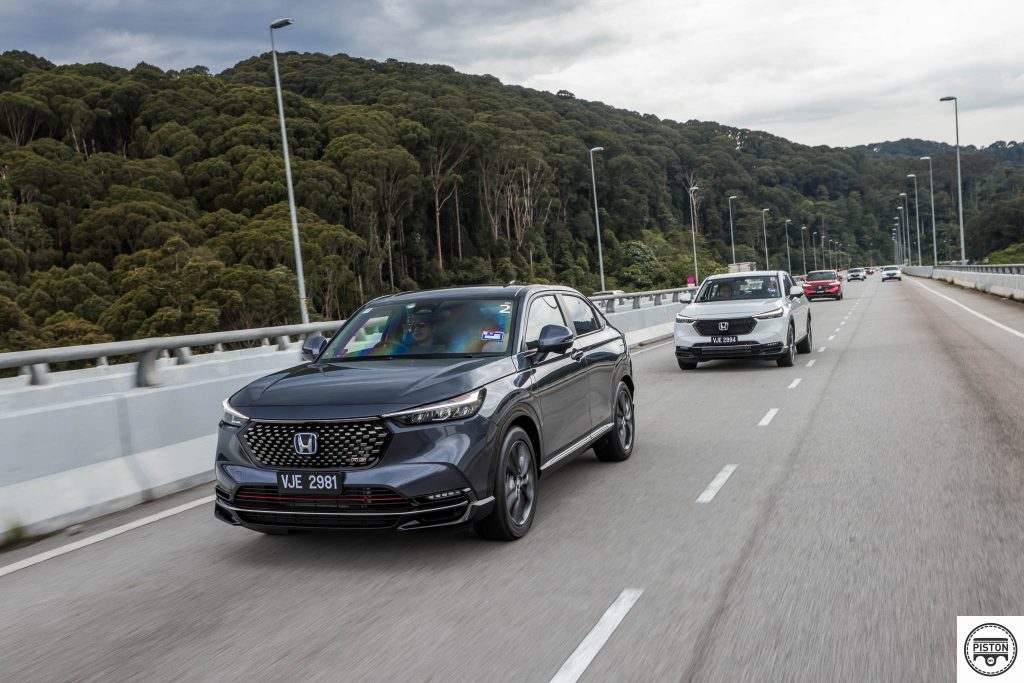
Between 100-120km/h is when the HRV is at its most comfortable. Anything more and there’s just too much noise intruding back into the cabin, forcing you to either speak louder or turn up the volume of the music.
The V-Spec is at its finest in traffic or at regular highway speed. The auto hold button works a treat in traffic. The system automatically applies the brakes in traffic even when the gear is in Drive. This lets you rest your right foot, reducing driver fatigue especially during those long hours spent in traffic during seasonal holidays.
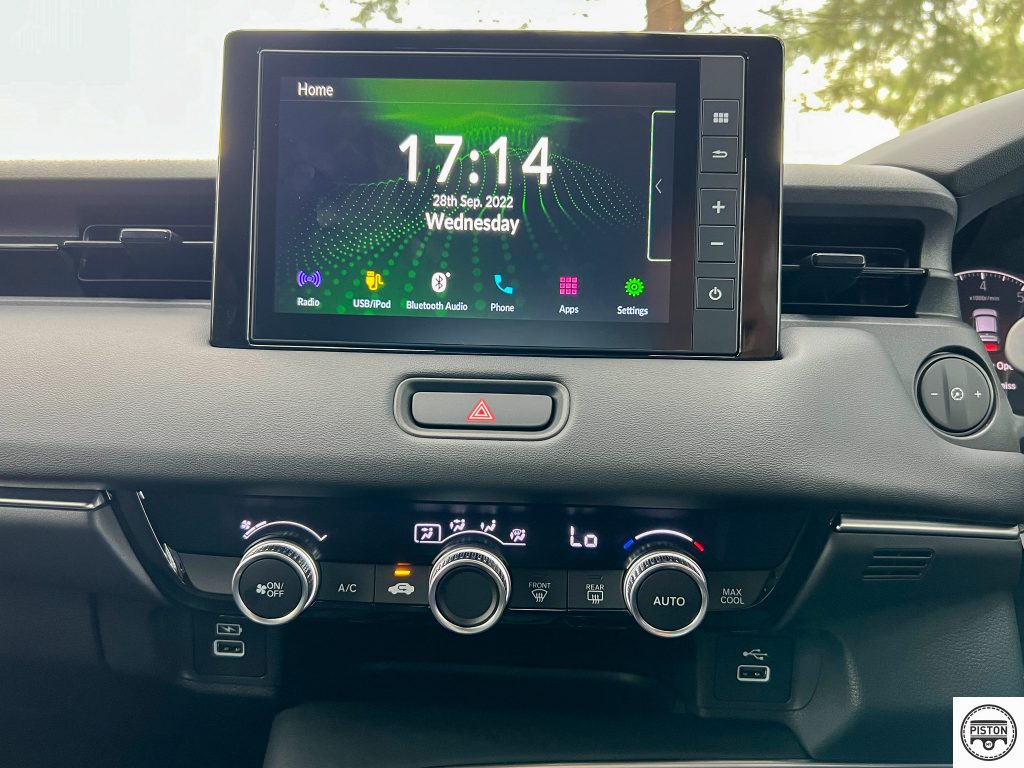
It is not difficult to see why the V-Spec is the model of choice for HRV buyers though. Apple CarPlay and Android Auto make syncing your phone to the entertainment system nothing more than a simple snap. This is important because the reliance of modern drivers on GPS maps is at an unprecedented level.
Storage is aplenty and the fact that there’s air-conditioning vents and USB ports for every passenger makes long distance drives or even school runs more manageable.
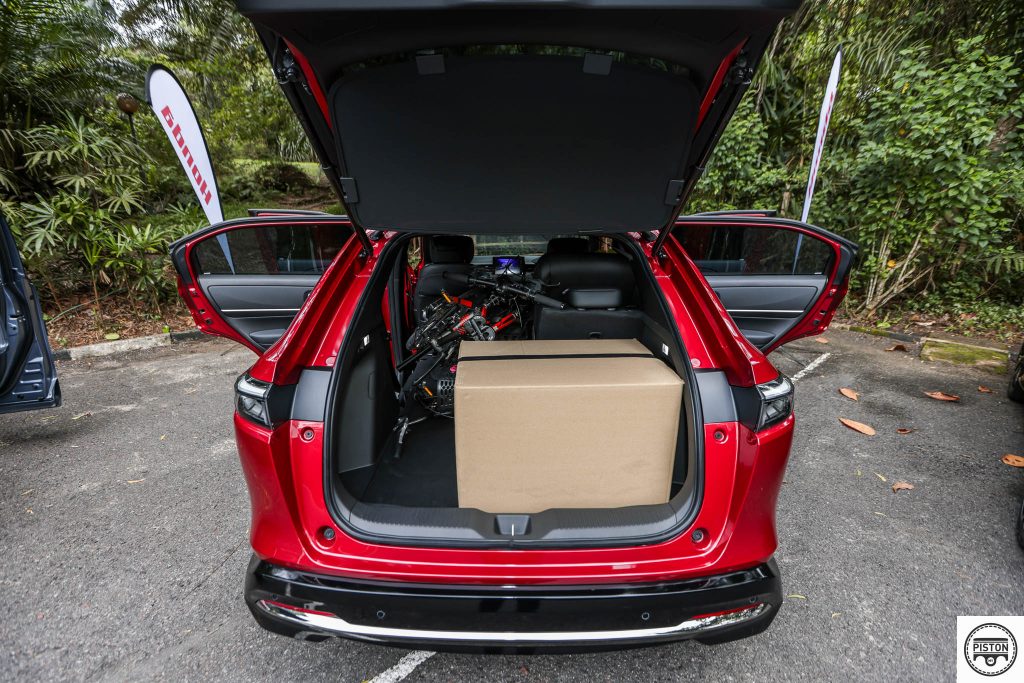
Whether a primary or a secondary car, the HRV V-Spec is understandably the model to have. It is RM5,000 cheaper than the top spec model which means you do not need to fork out as much.
The model positioned below the V-Spec is called the E-Spec and that too is RM5,000 cheaper than the V-Spec, but you don’t get features such as electronically-adjustable leather seats in favour of fabric seats. You also don’t get the Lane Watch camera which makes driving the HRV in traffic a lot more manageable.
All of this makes undoubtedly makes the V-Spec the model to have, money no object of course.
